Sailing Knot Guidance
Both sailing and boating require a repertoire of reliable knots for various purposes. Rope used in marine environments is durable and often handles heavy loads when berthing, mooring, towing, or managing sails. This guide emphasizes knots that prioritize safety, reliability, convenience, and the ability to untie easily after bearing loads - better to know a knot and not need it, than need a knot and not know it.
1. Securing Your Boat
These knots are essential for docking your boat and securing it to cleats, rings, posts, and bollards. They provide security while allowing for quick release when needed.
Recommended Knots
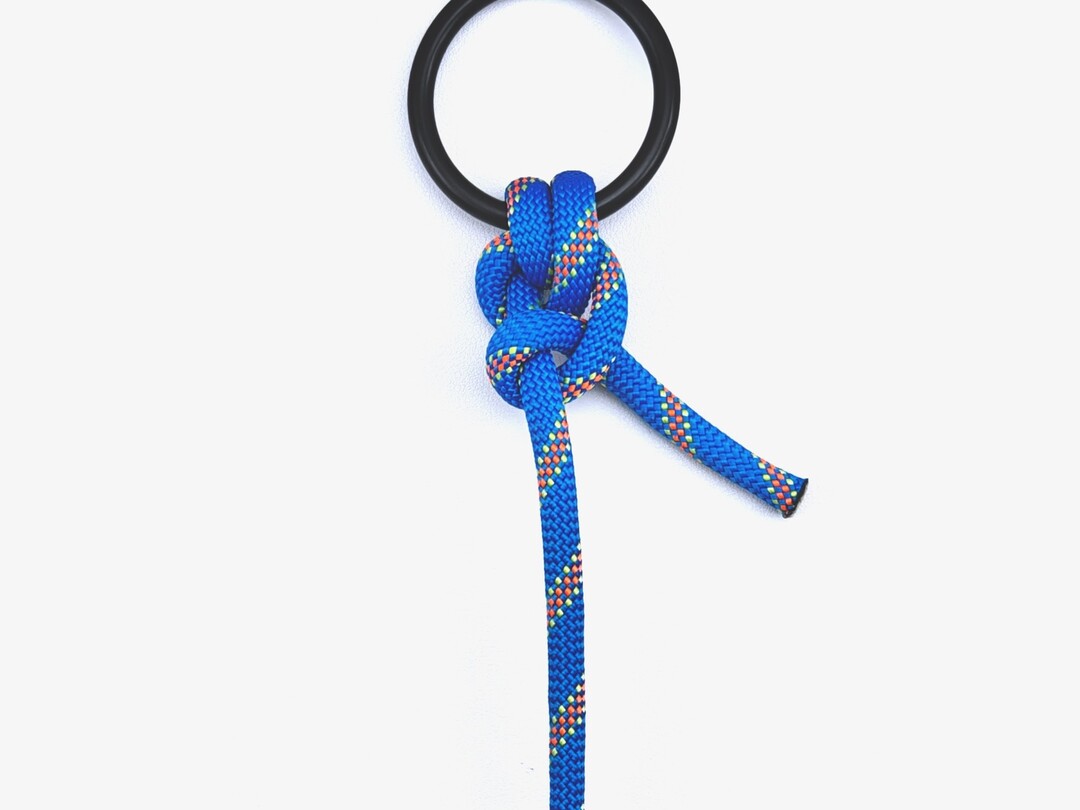
Anchor Hitch
Secures ropes to anchors, rings, or posts.
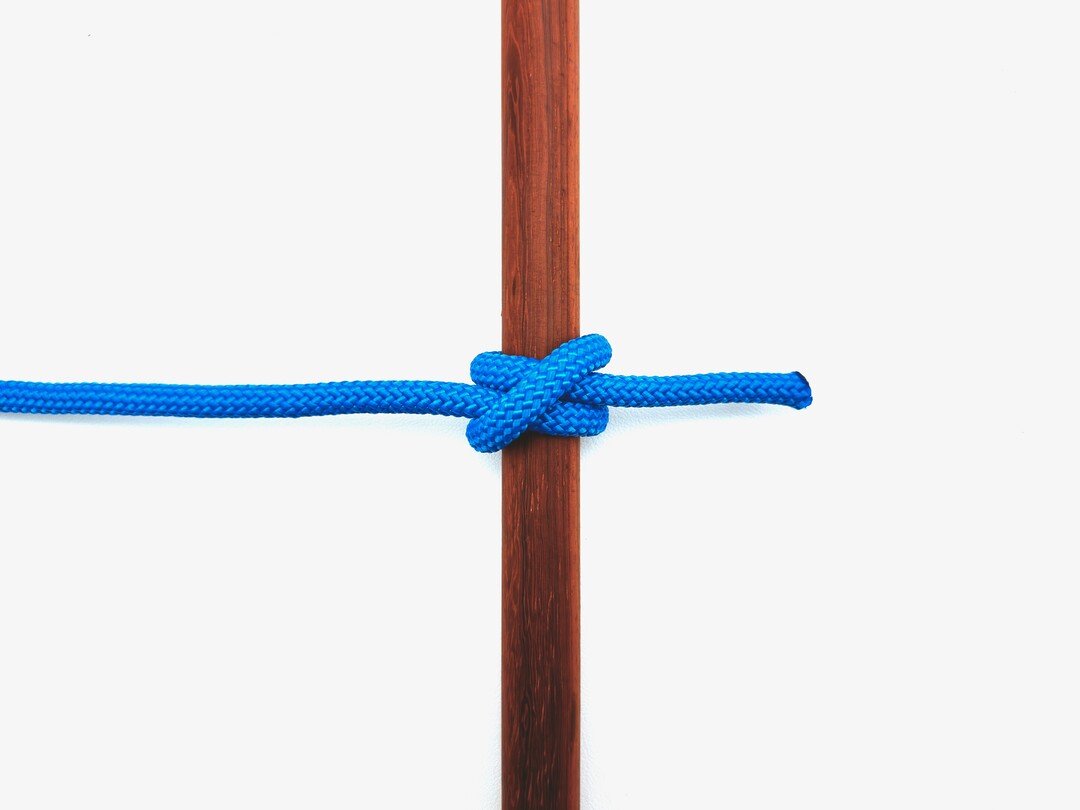
Clove Hitch (Rope End)
Secures ropes to posts or spars in outdoor activities.
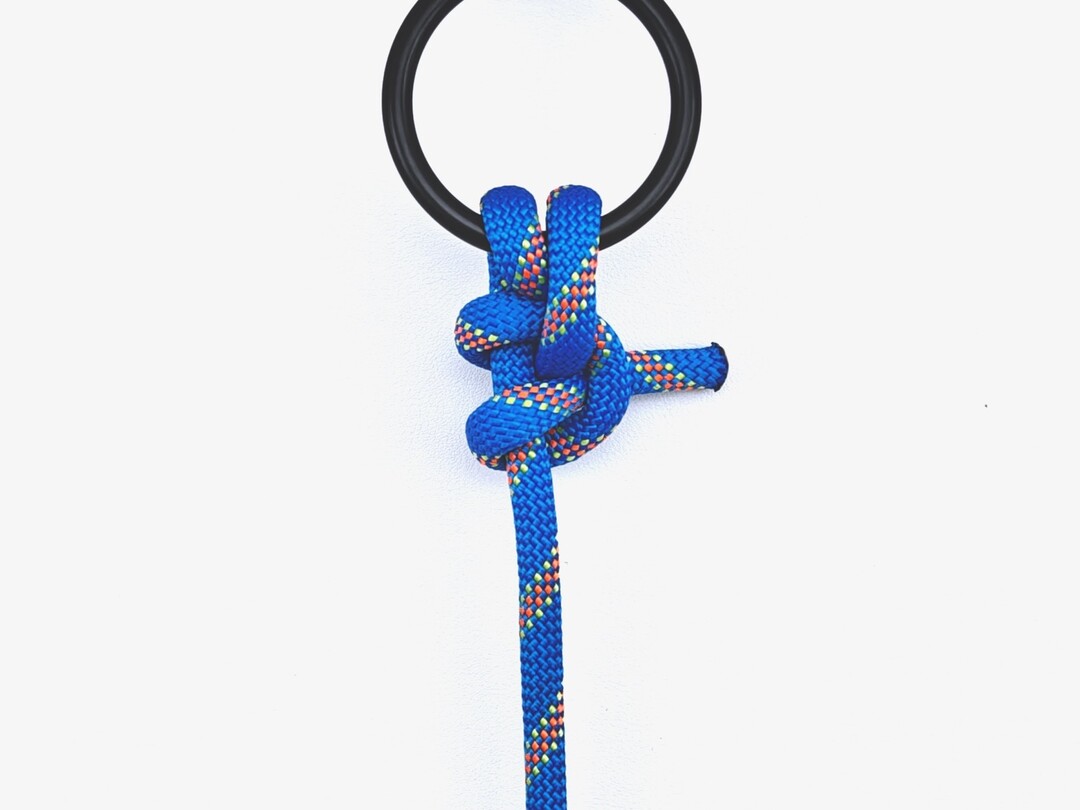
Round Turn & Two Half Hitches
Secures ropes to fixed objects like posts or rings.
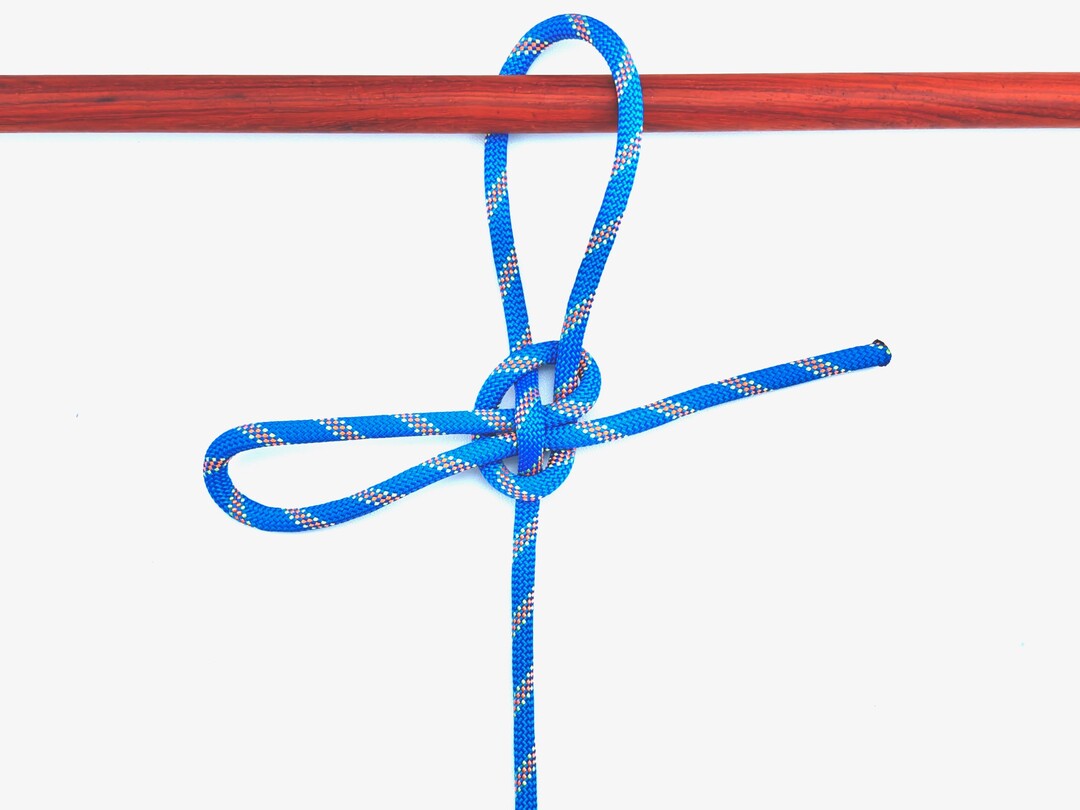
Mooring Hitch
Quick-release knot for temporary boat mooring.
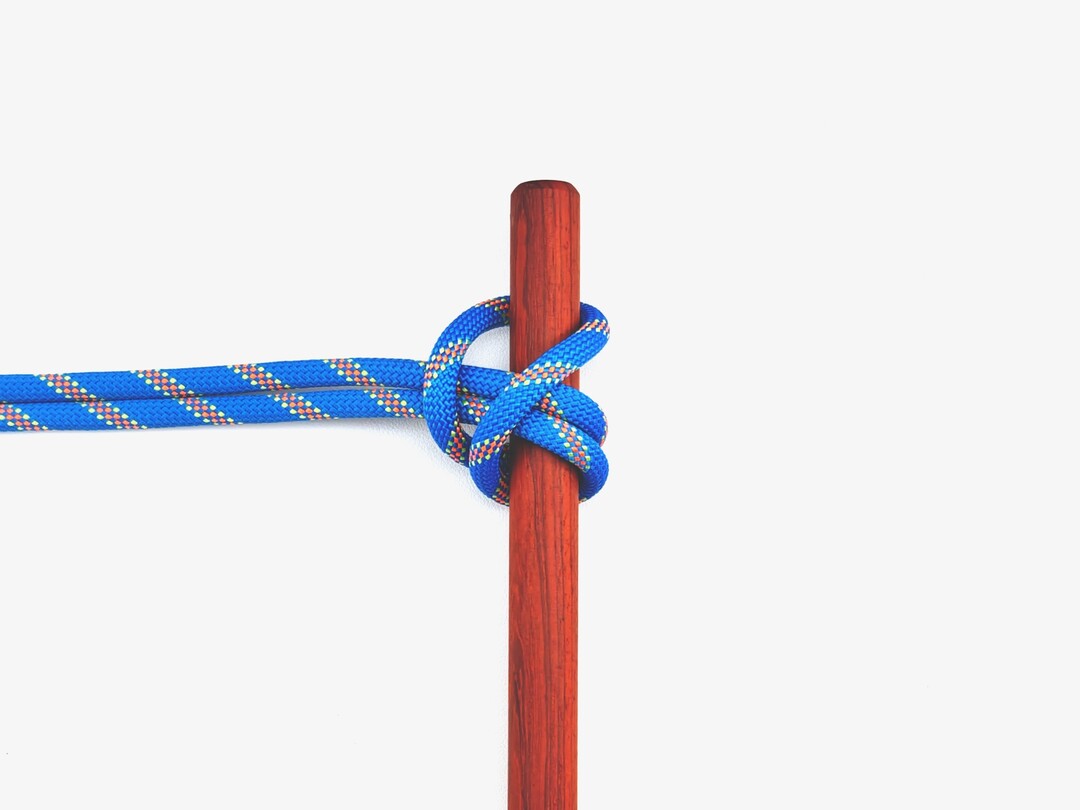
Pile Hitch
Secures boats to posts quickly.
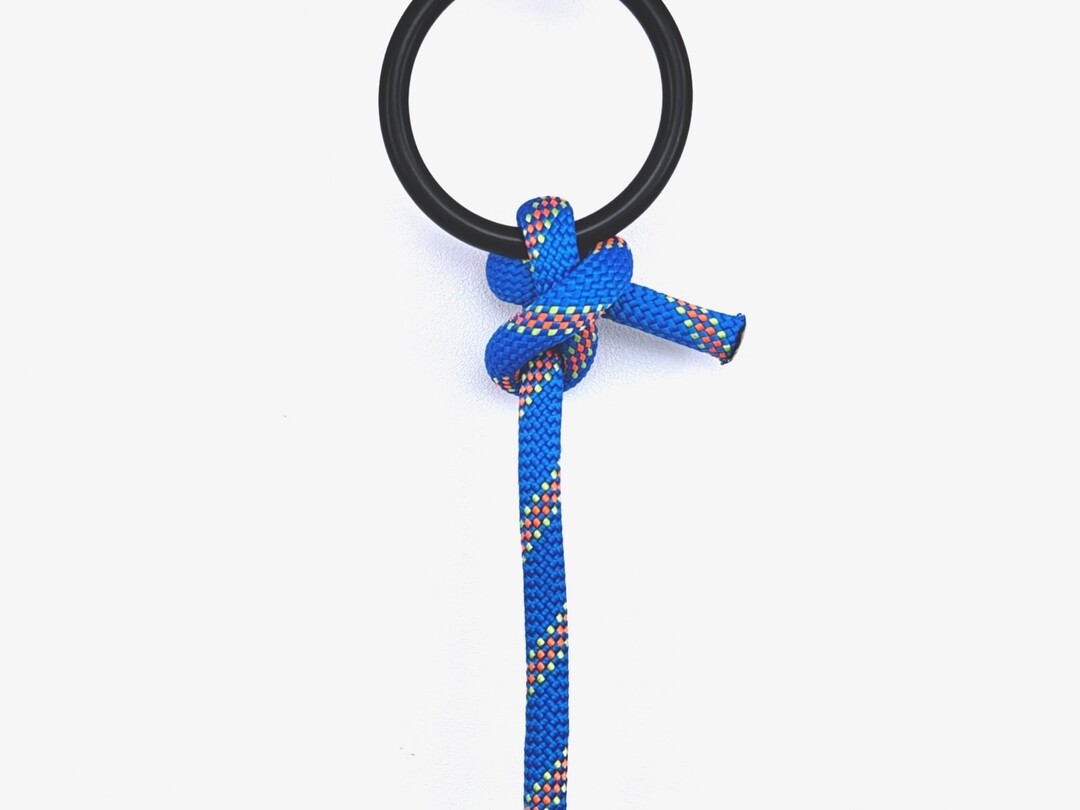
Buntline Hitch
Secures lines to rings, eyes, or poles tightly.
2. Joining Two Ropes
These knots securely join two ropes, which is essential for extending lines or creating custom rigging. Each provides security while remaining relatively easy to untie even after bearing heavy loads.
Recommended Knots
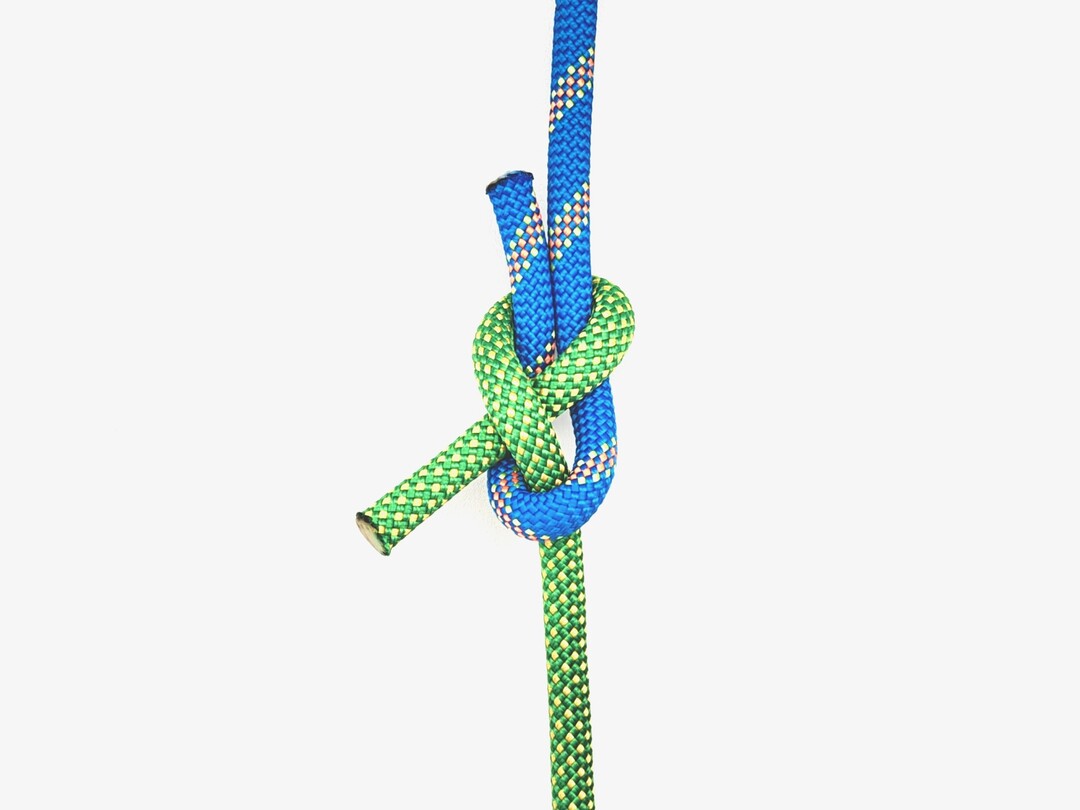
Sheet Bend
Joins two ropes of different or similar sizes
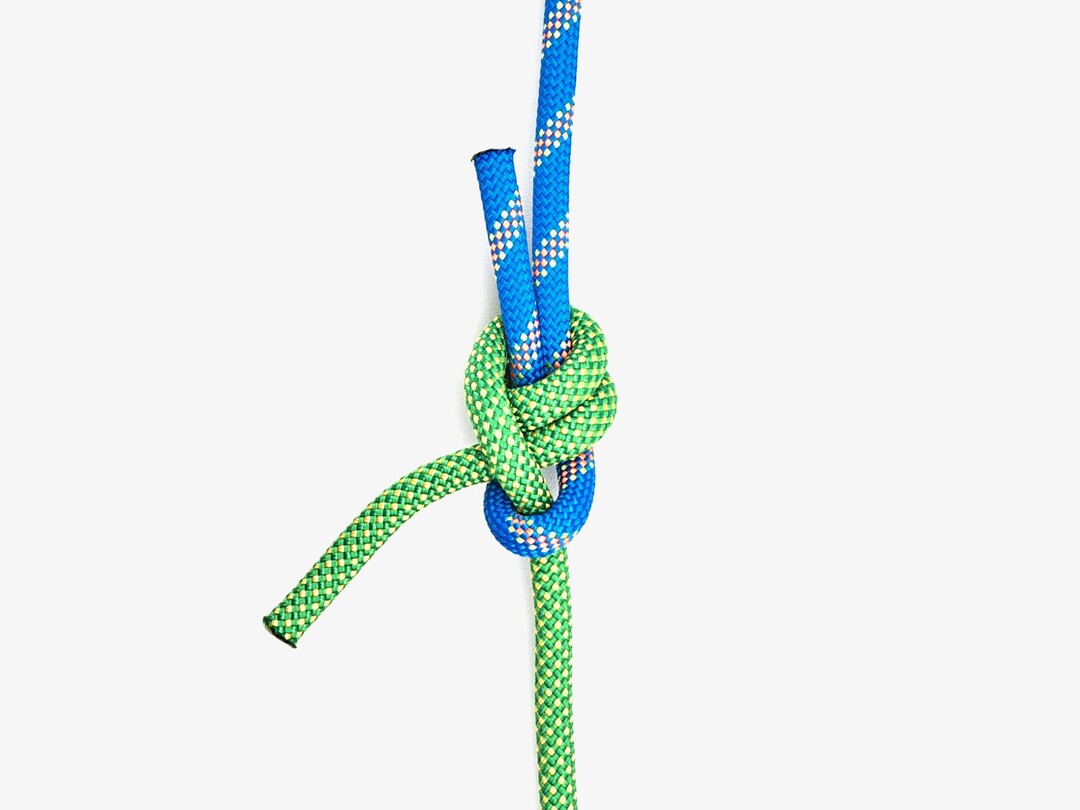
Double Sheet Bend
Joins ropes of unequal thickness securely.
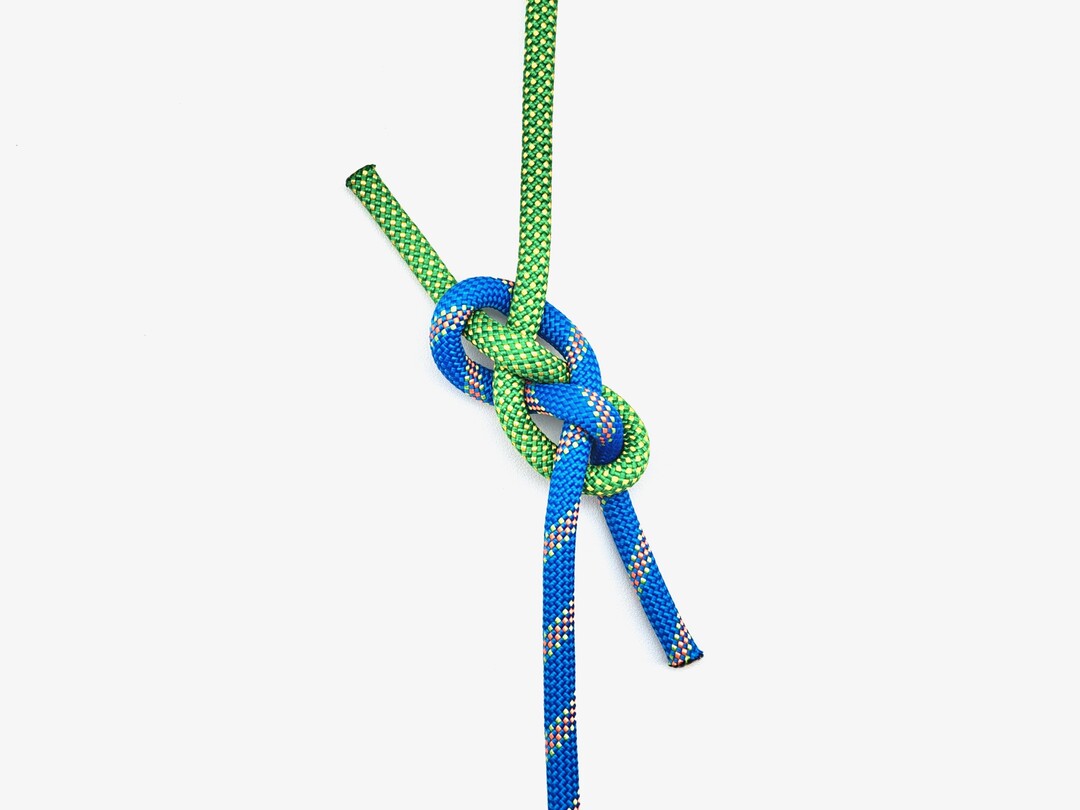
Carrick Bend
Joins large, stiff ropes securely.
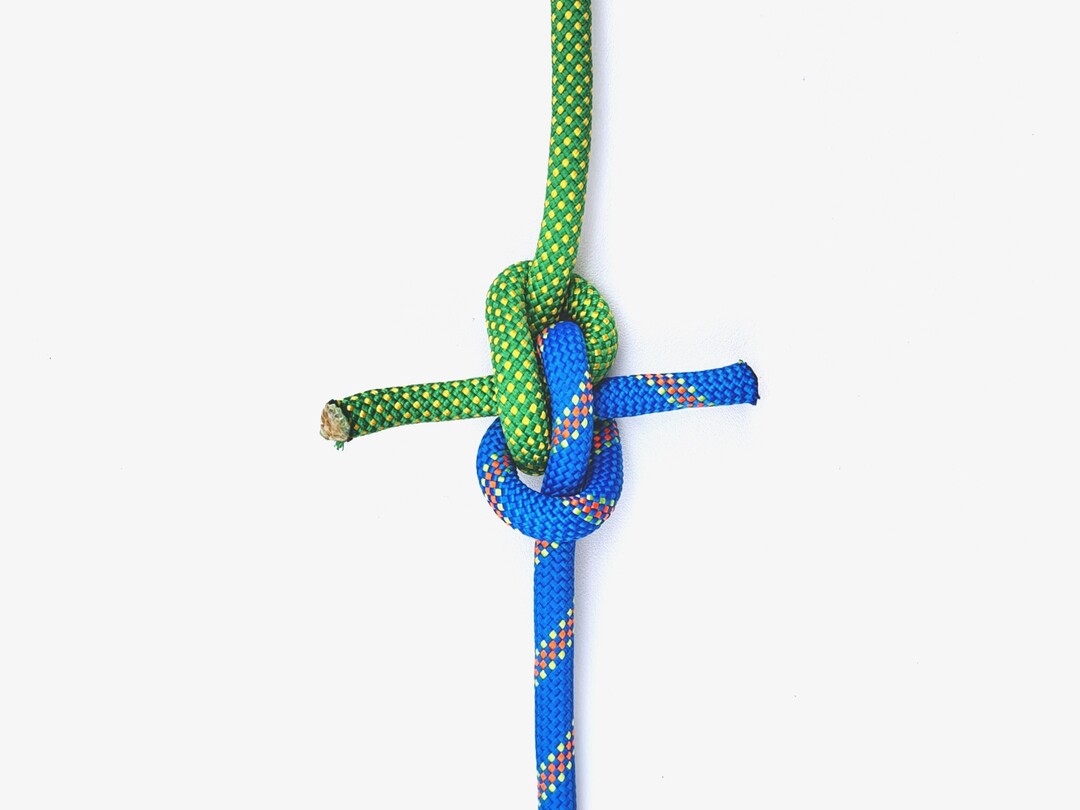
Zeppelin Bend
Securely joins two ropes, resistant to jamming.
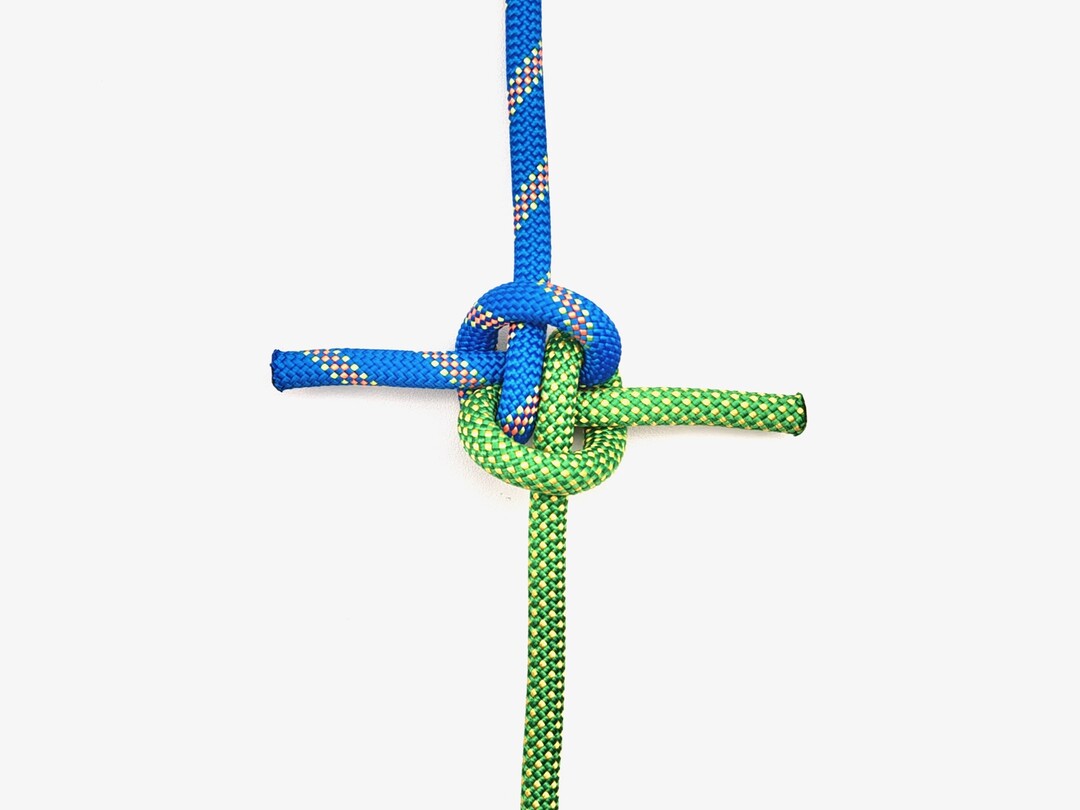
Hunter's Bend
Joins two ropes of similar diameter securely.
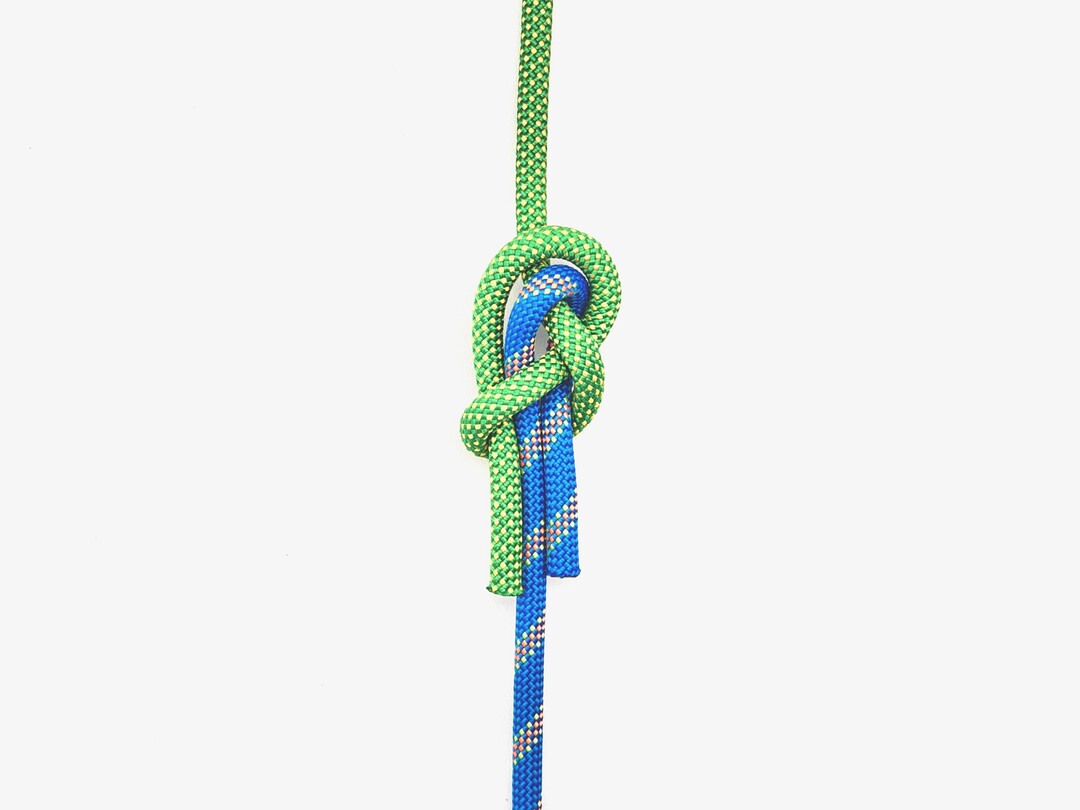
Tucked Sheet Bend
Joins two thin lines securely
3. Loop Knots
These knots create secure loops either at the end or in the middle of a rope, essential for various marine applications from anchoring to creating attachment points.
Recommended Knots
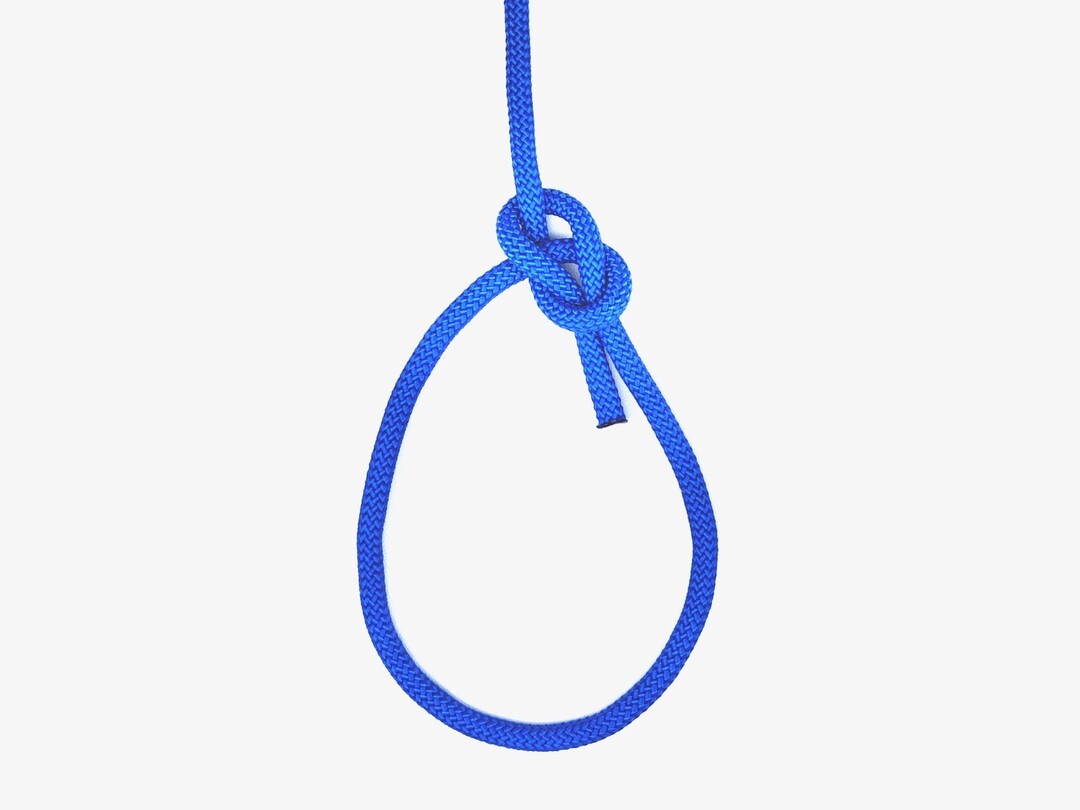
Bowline (One Hand)
Creates a secure loop with one hand.
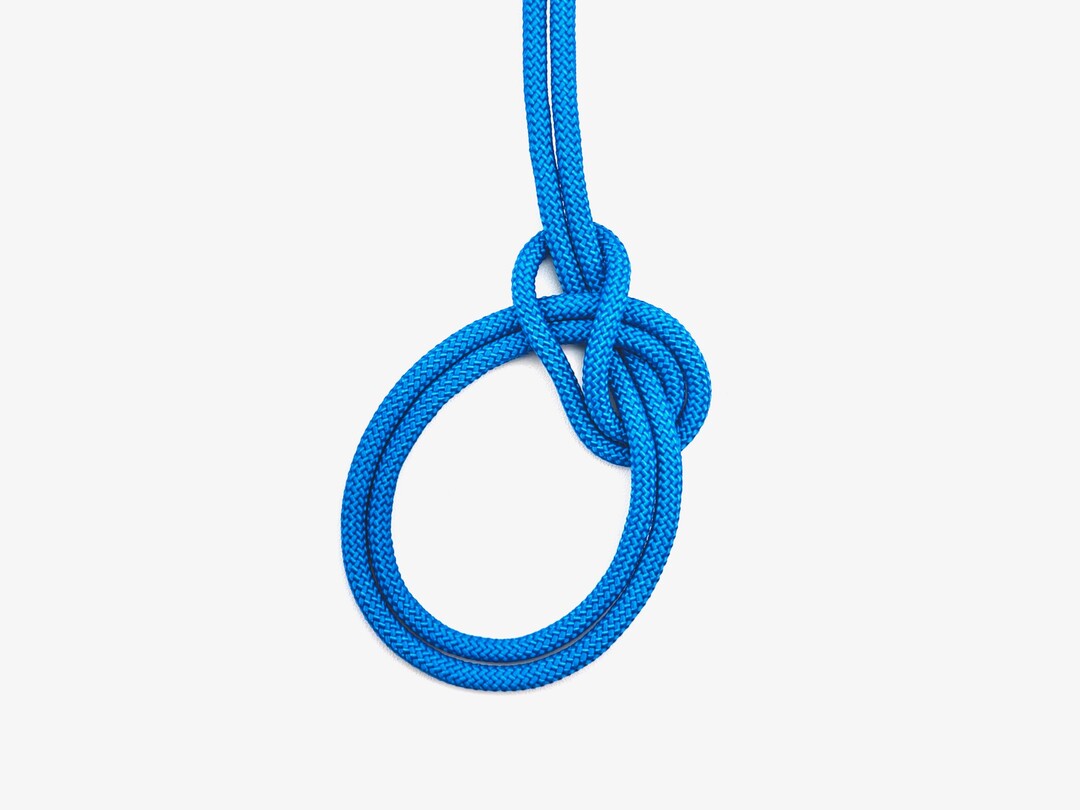
Bowline on the Bight
Creates two secure loops in the middle of a rope.
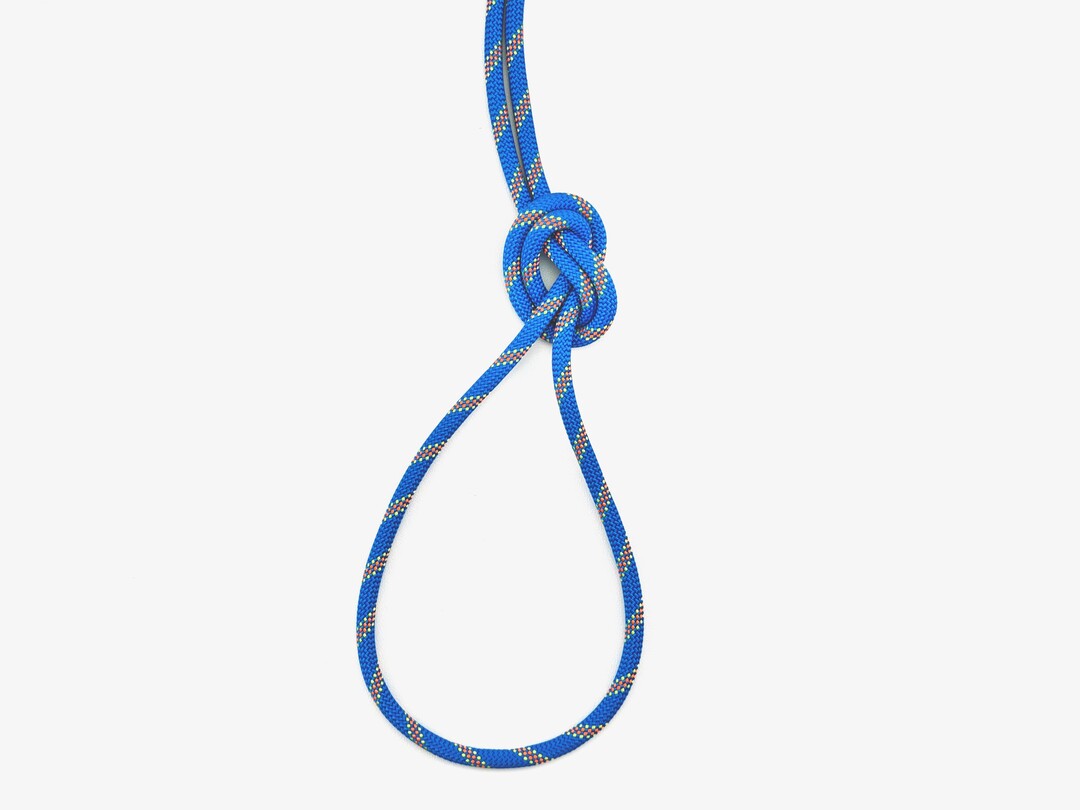
Overhand Loop
Quick fixed loop for non-critical attachments.
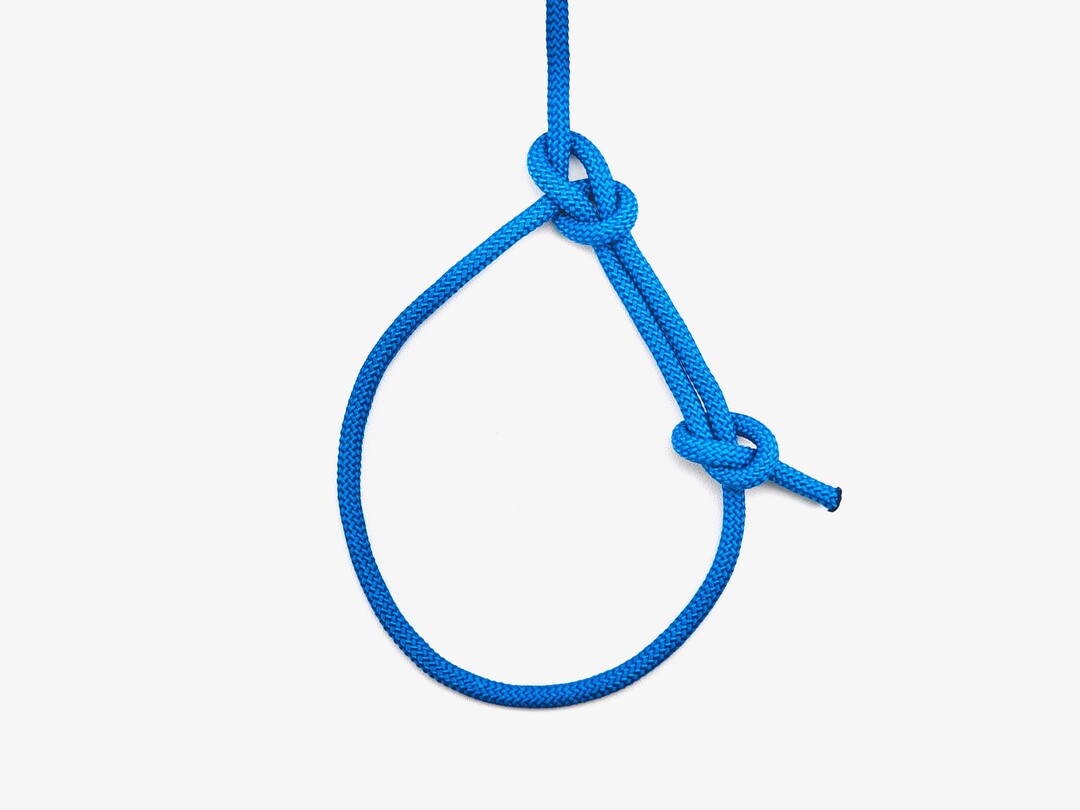
Bowline with Stopper
Secure loop knot with an overhand stopper.
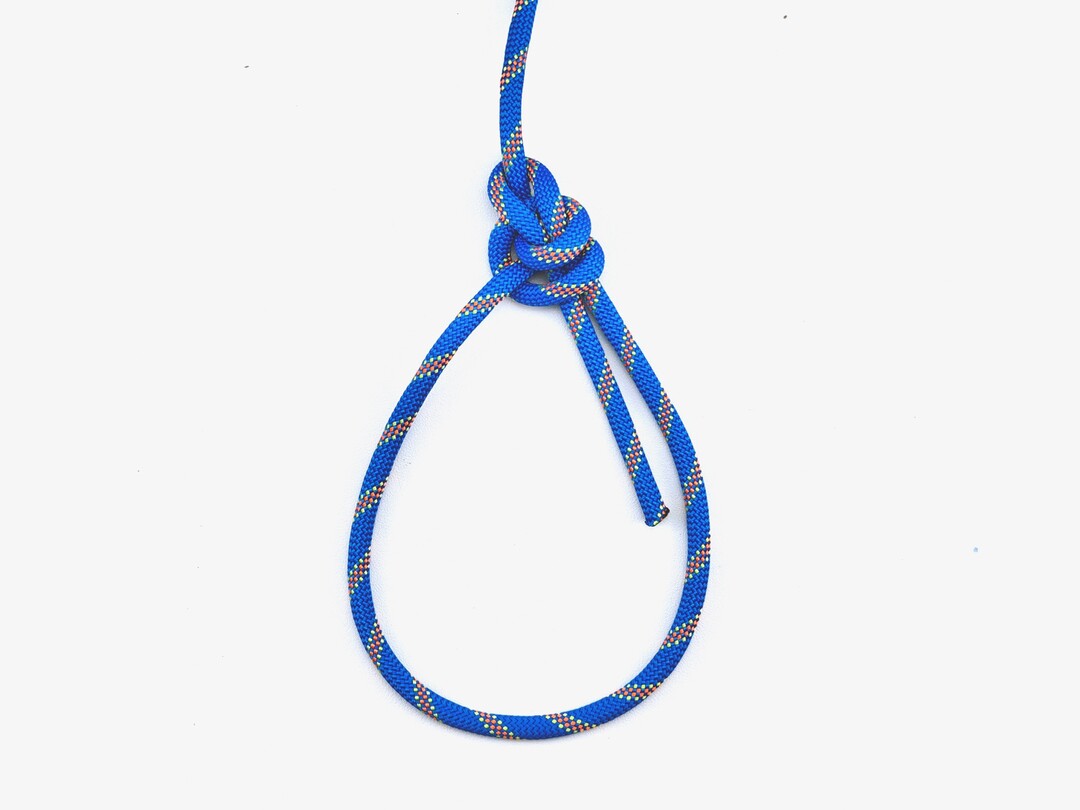
Water Bowline
Secure loop knot for wet conditions.
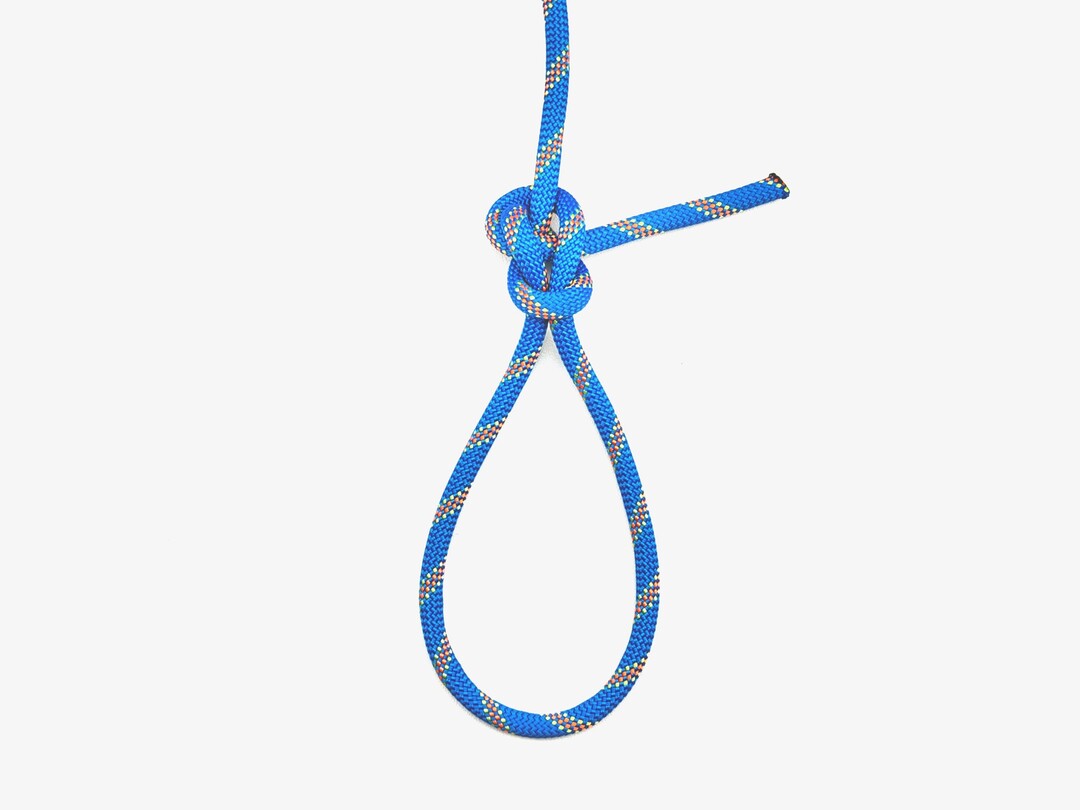
Perfection Loop
Creates a secure fixed loop in thin lines or fishing leaders.
4. Slide and Grip Knots
These knots can be adjusted along a rope and grip when under load, making them useful for tensioning lines or creating adjustable loops.
Recommended Knots
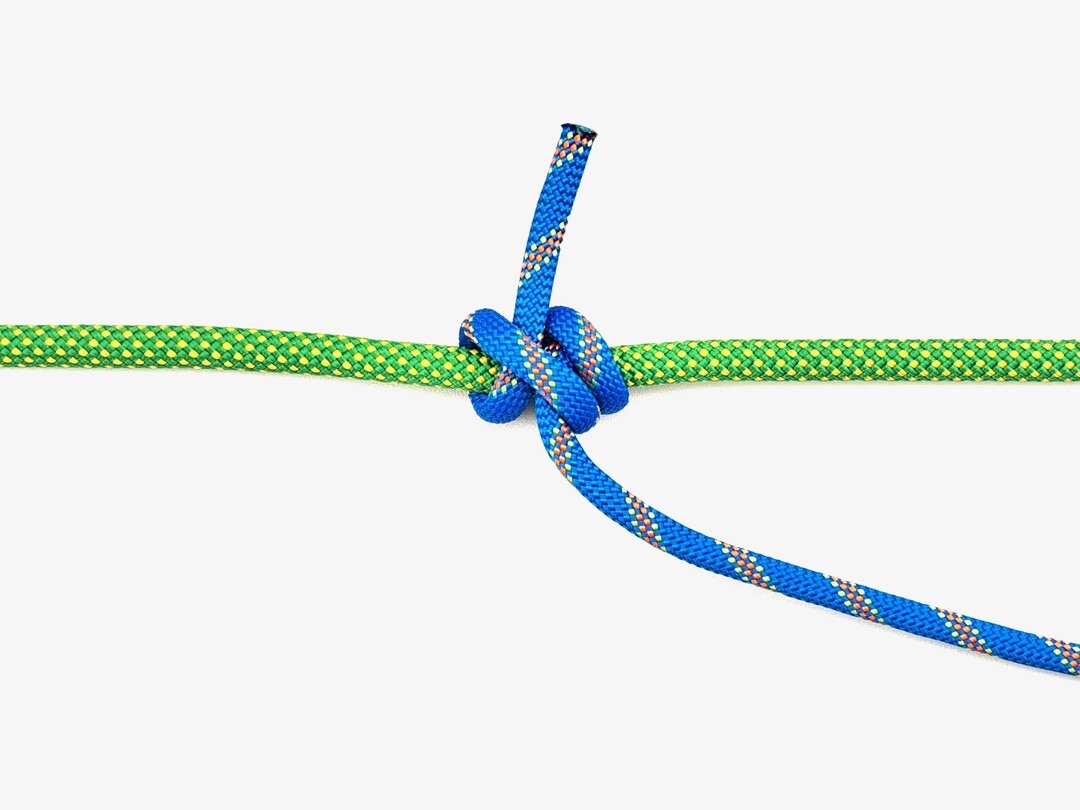
Rolling Hitch
Attaches a rope to a pole or another rope for lengthwise pulls.
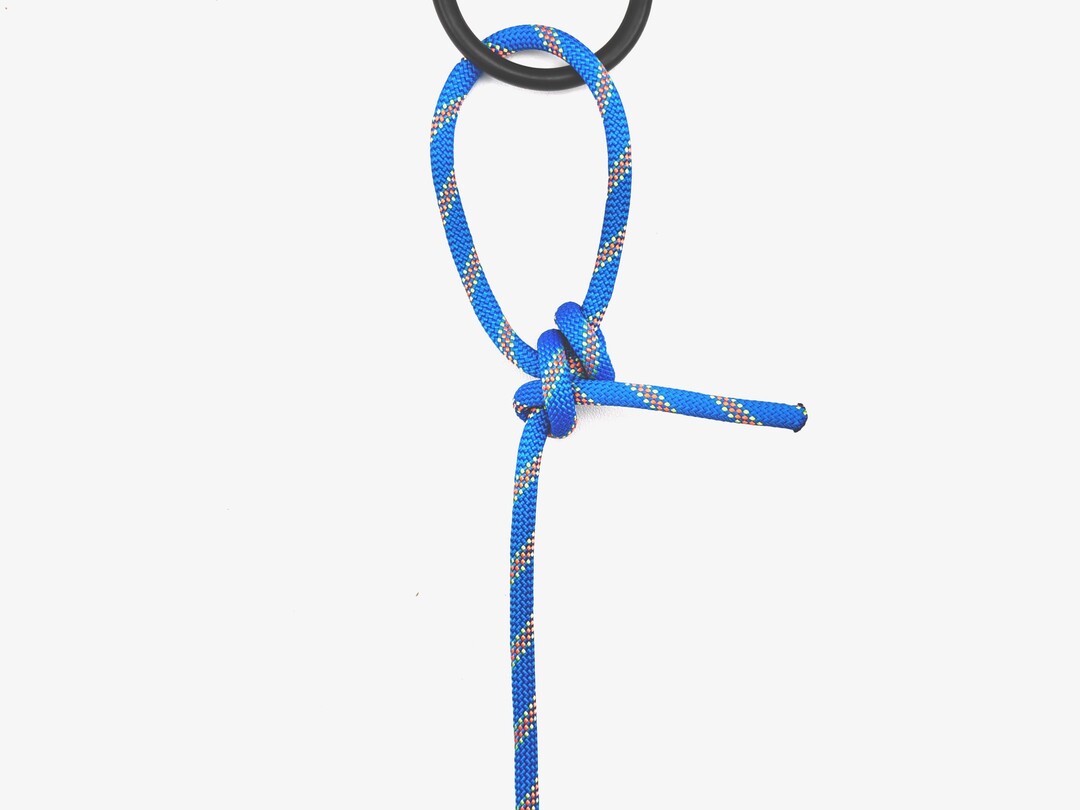
Midshipman's Hitch
Adjustable loop for securing lines under tension
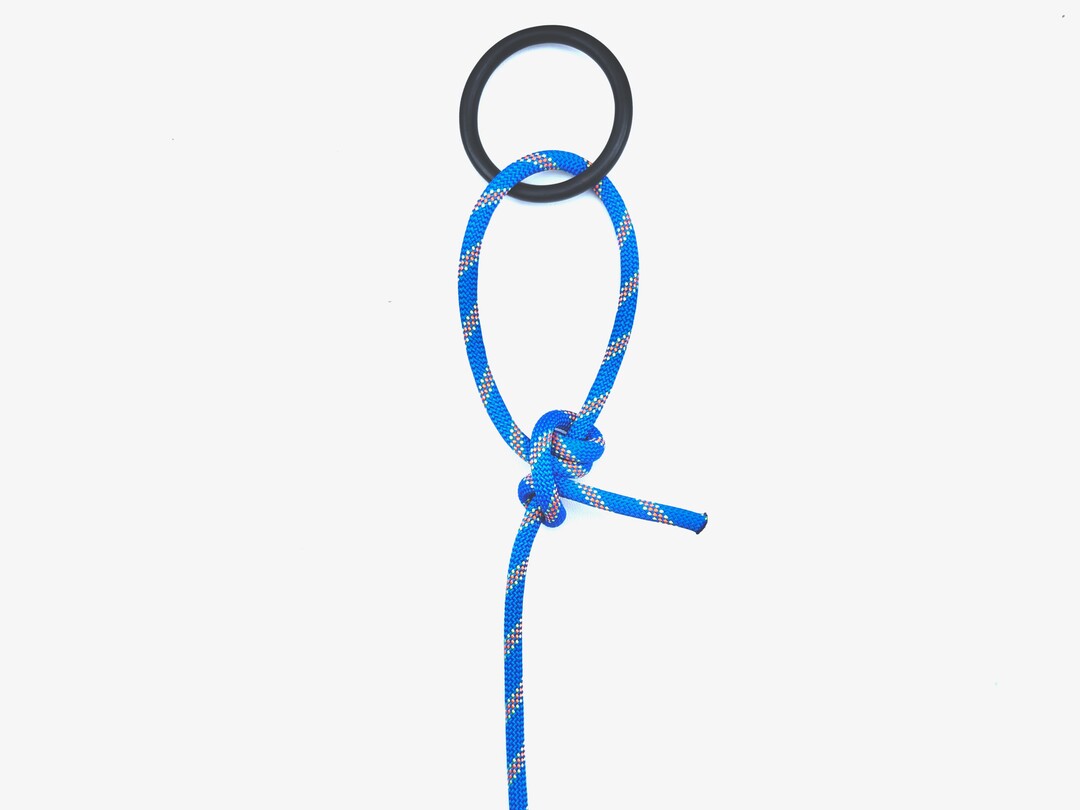
Taut-line Hitch
Adjustable hitch for maintaining tension in ropes.
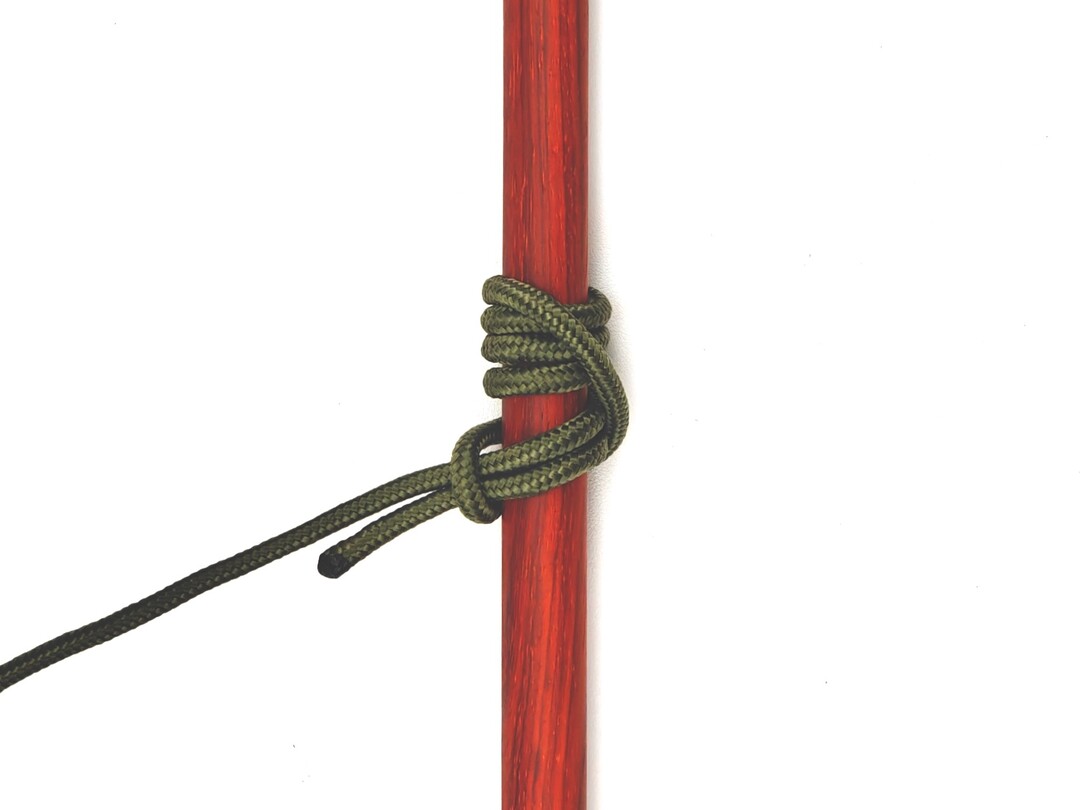
Icicle Hitch
Secures ropes to cylindrical objects under load.
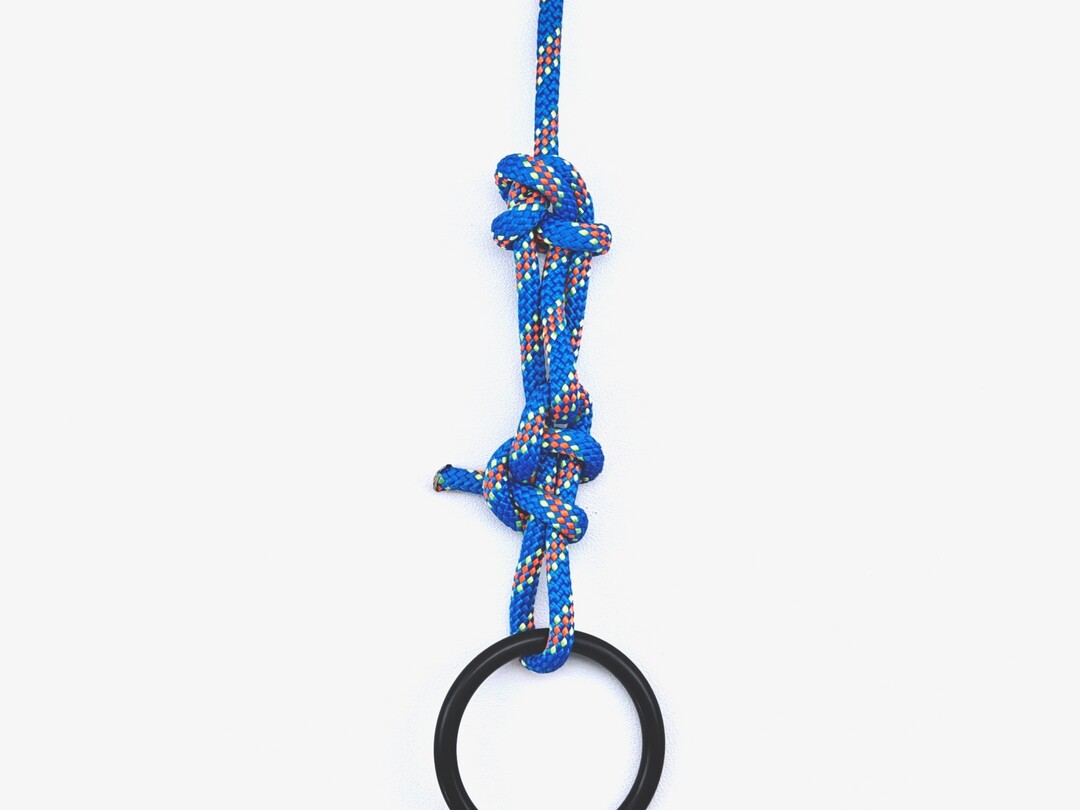
Trucker's Hitch
Secures heavy loads with mechanical advantage.
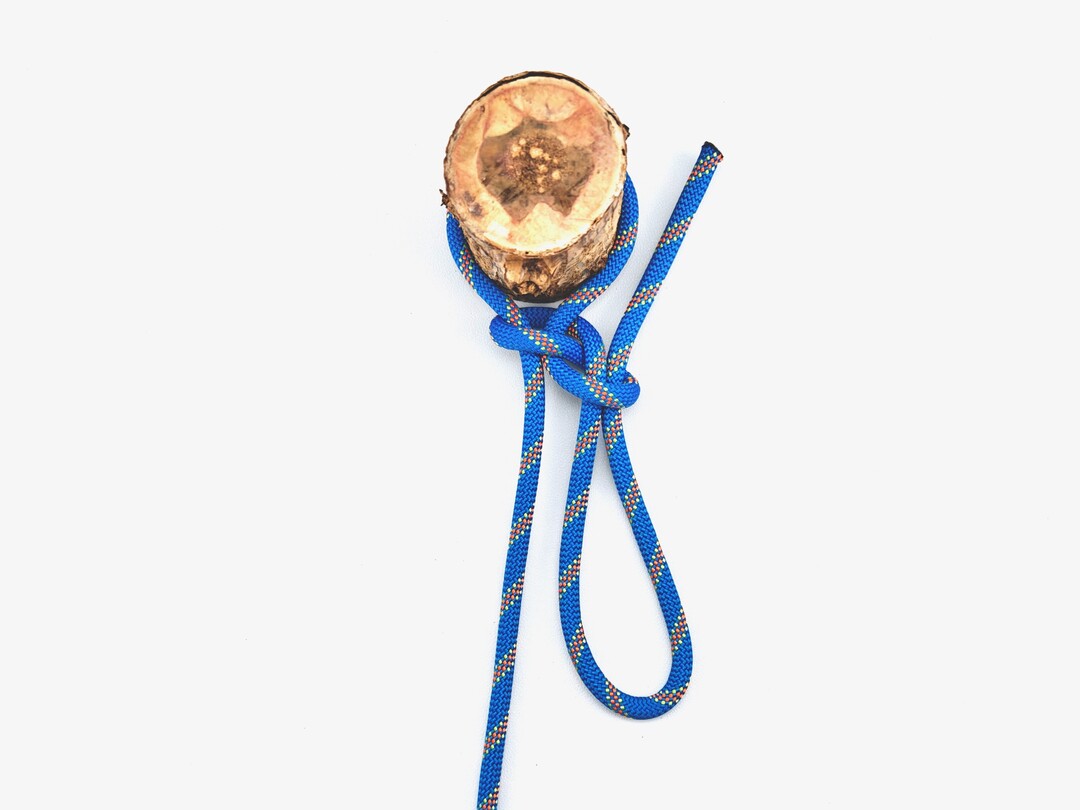
Siberian Hitch
Quick-release hitch for cold-weather use with gloves.
5. Stopper Knots
These knots prevent a rope from running through a block, fairlead, or other fitting, and can also serve as a safety measure at the end of a line.
Recommended Knots
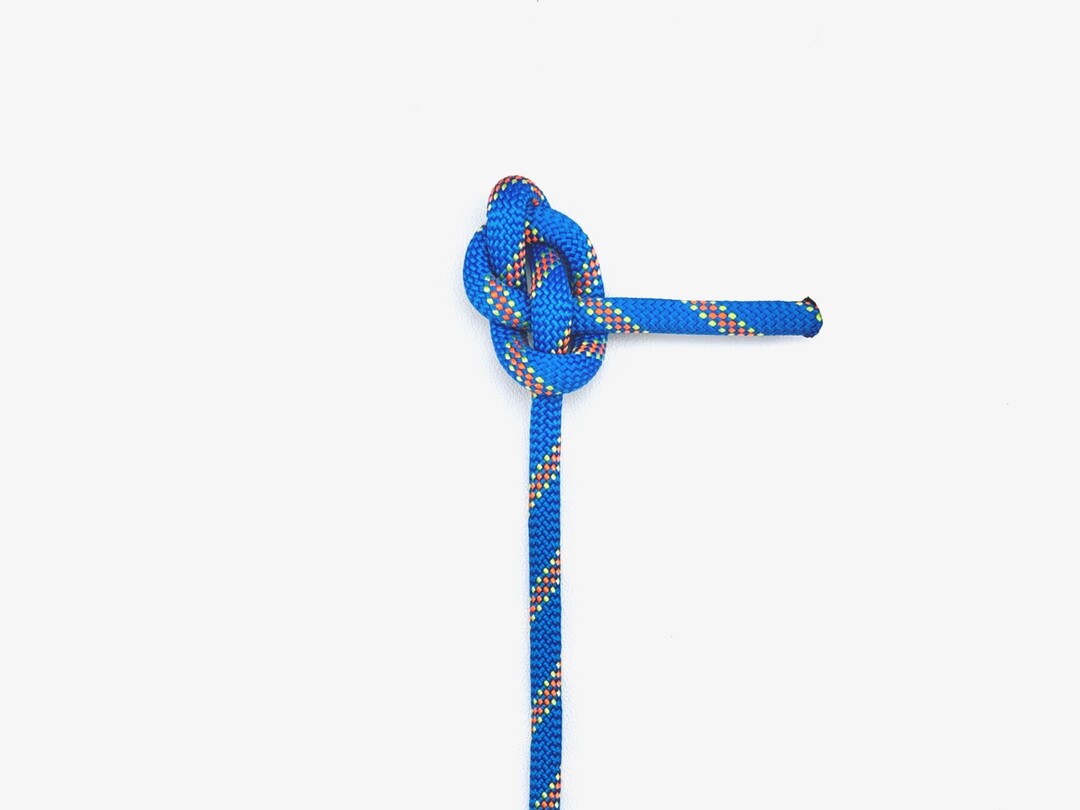
Ashley Stopper
Bulky stopper for securing rope ends in boating.
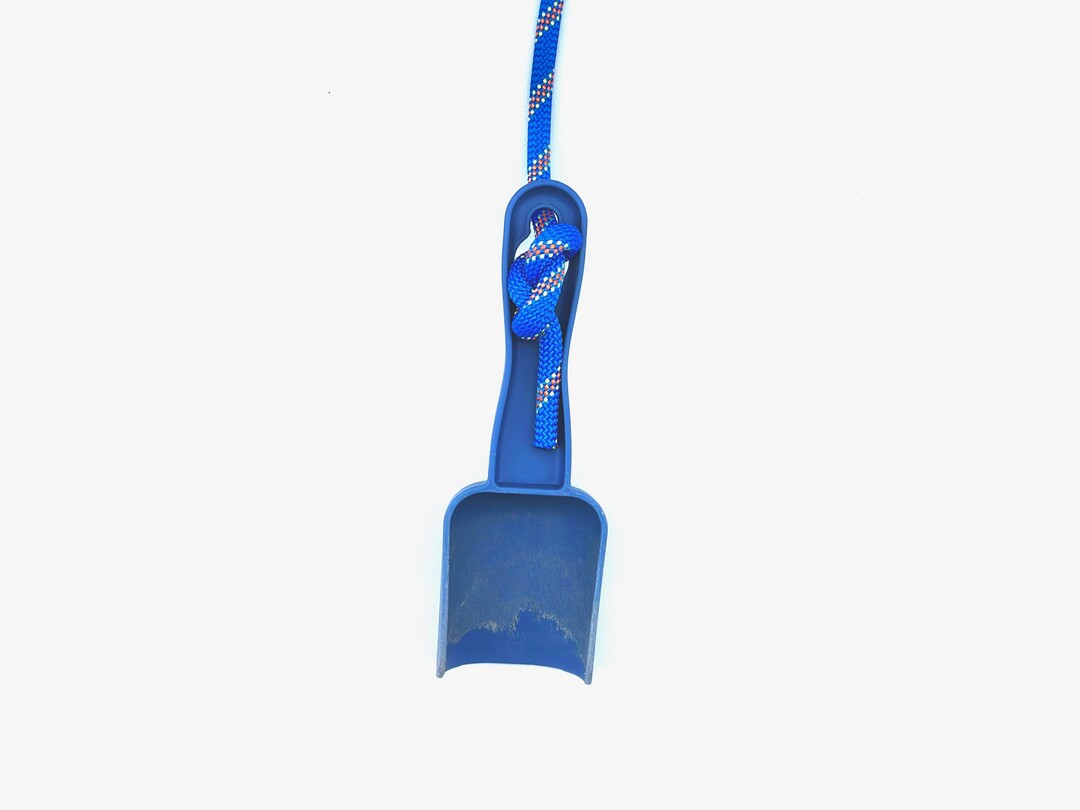
Figure Eight
Reliable stopper knot for ropes.
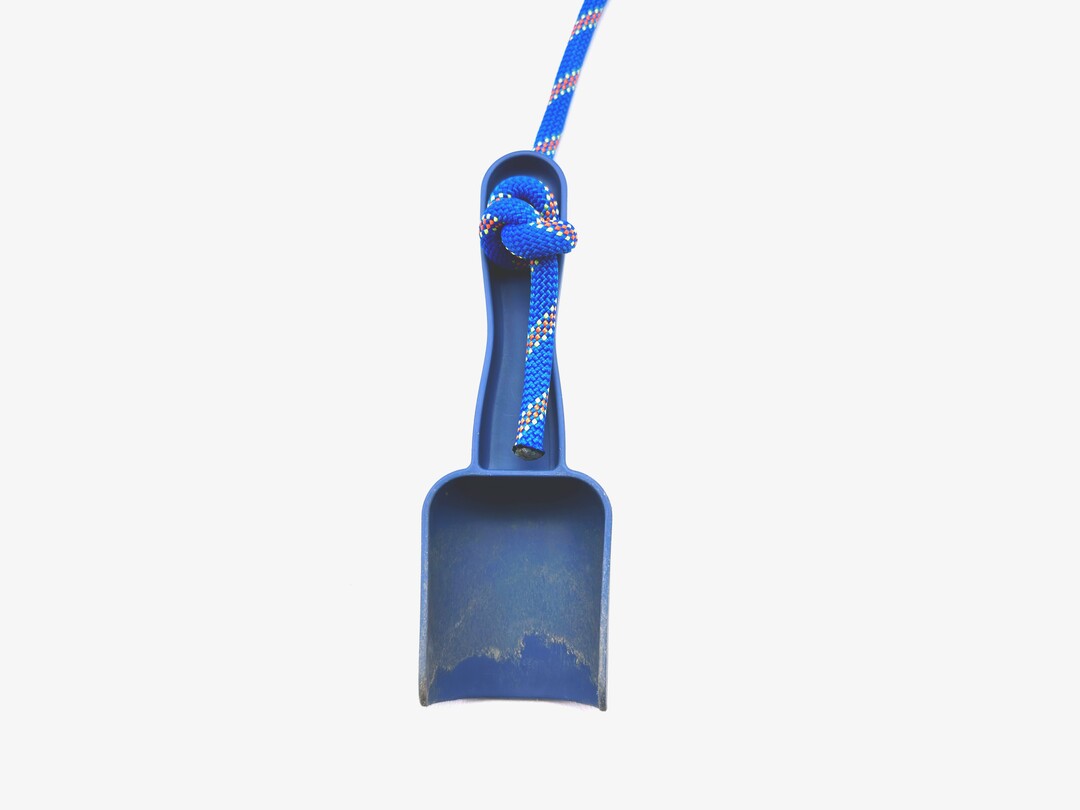
Stevedore Knot
Bulky stopper for maritime and cargo handling
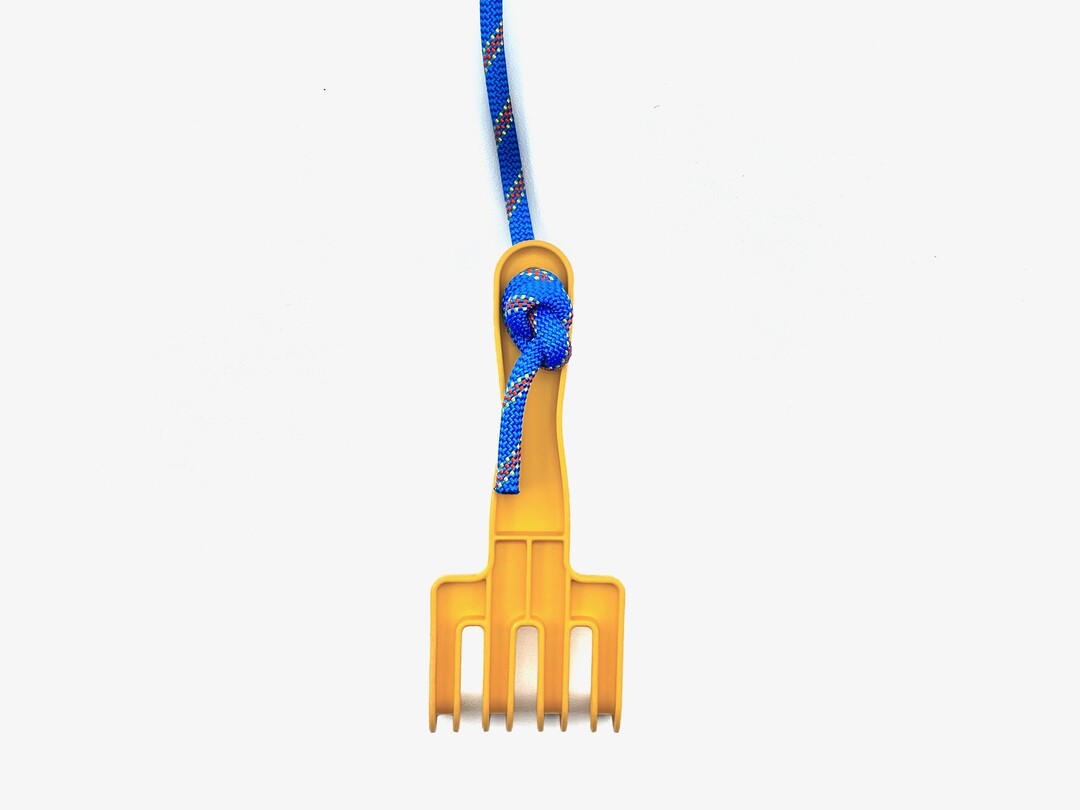
Double Overhand Knot
Secure stopper knot, difficult to untie.
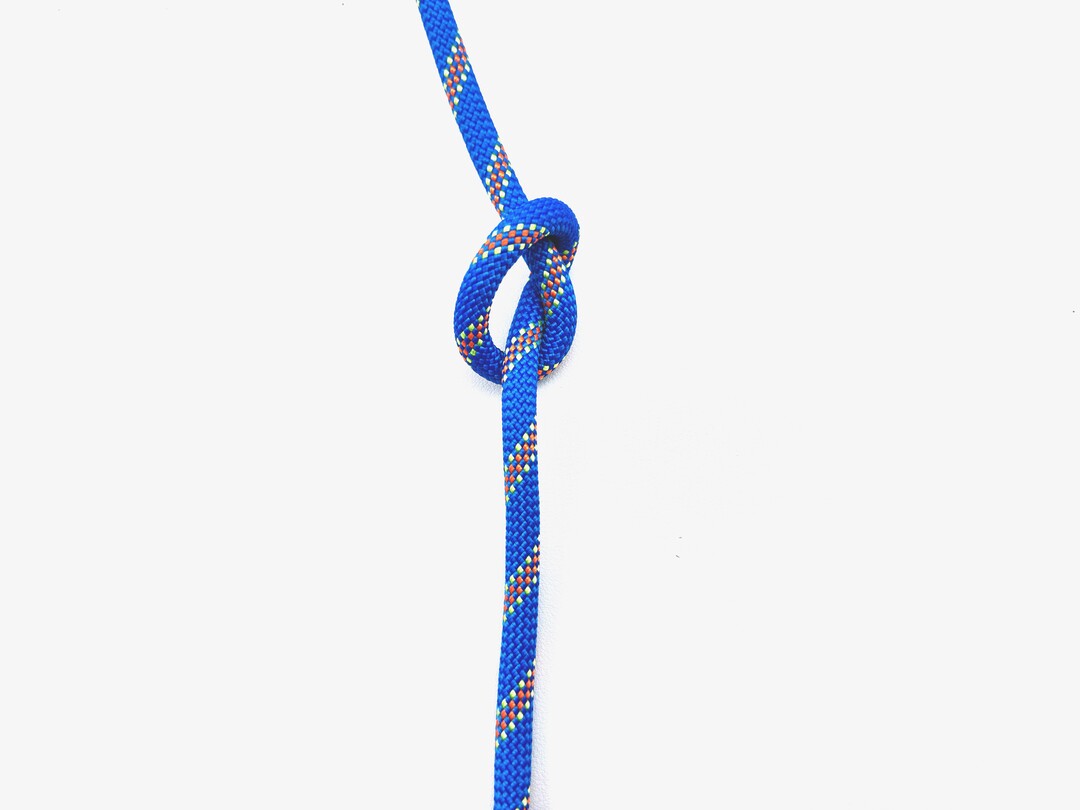
Overhand Knot
Simple stopper knot to prevent rope slippage.
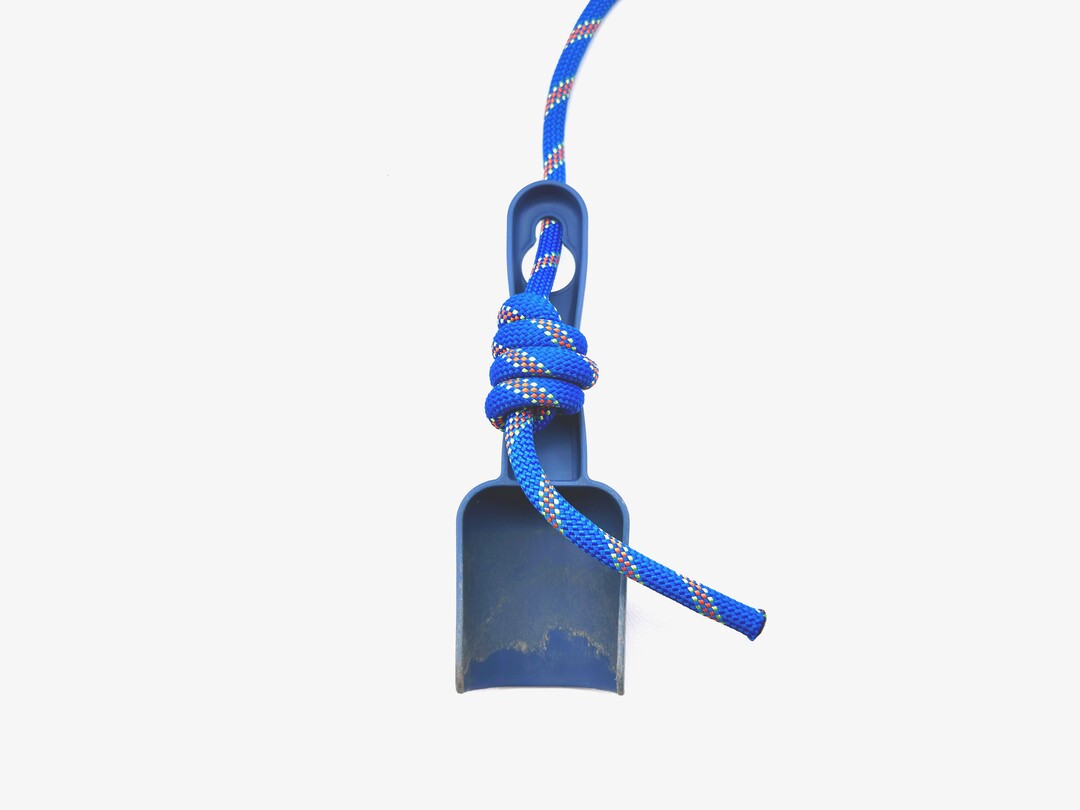
Multiple Overhand Knot
Stopper knot for preventing slipping or decoration.
6. Temporary Bindings
These knots are useful for temporarily binding items together, securing bundles, or managing rope coils and can be easily untied when needed.
Recommended Knots
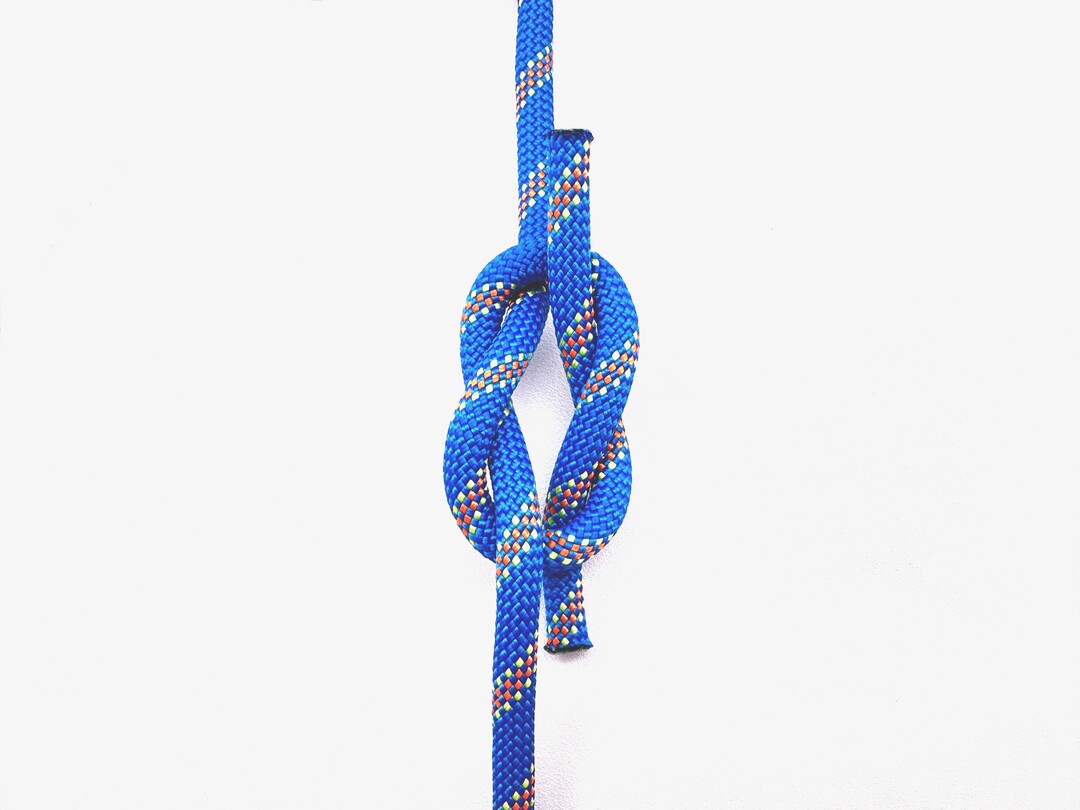
Square Knot
Binds ropes around objects or bundles.
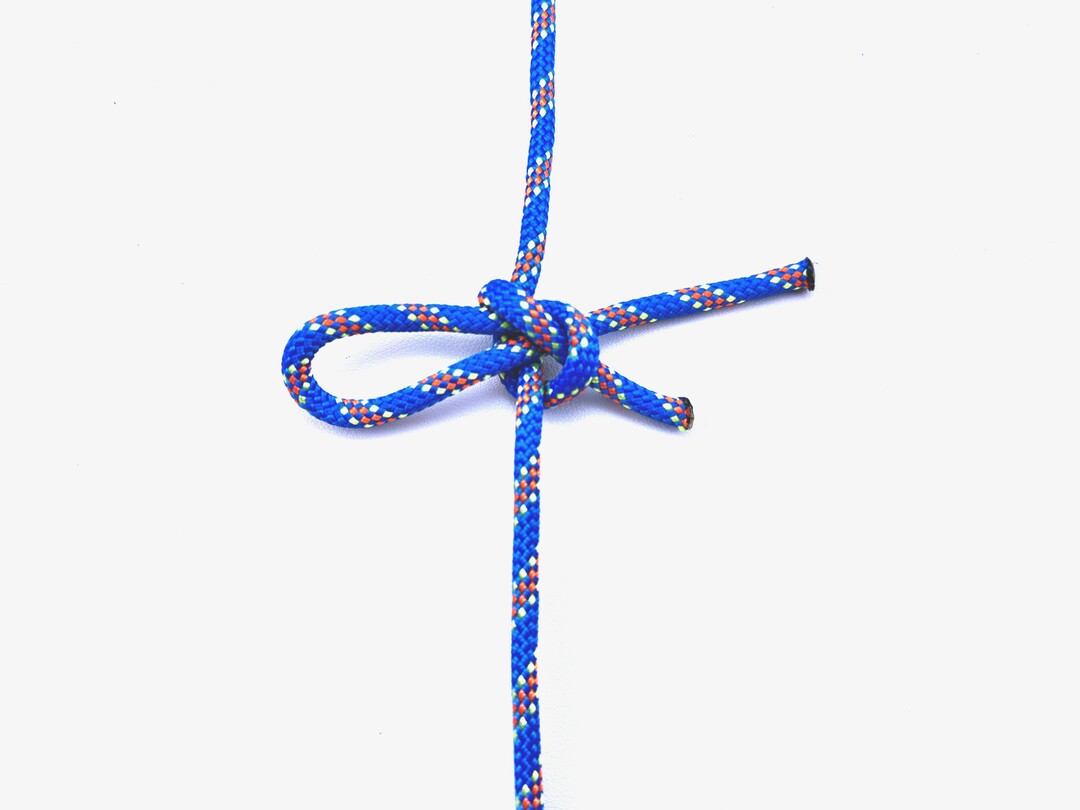
Slipped Square Knot
Quick-release binding knot for easy untying.
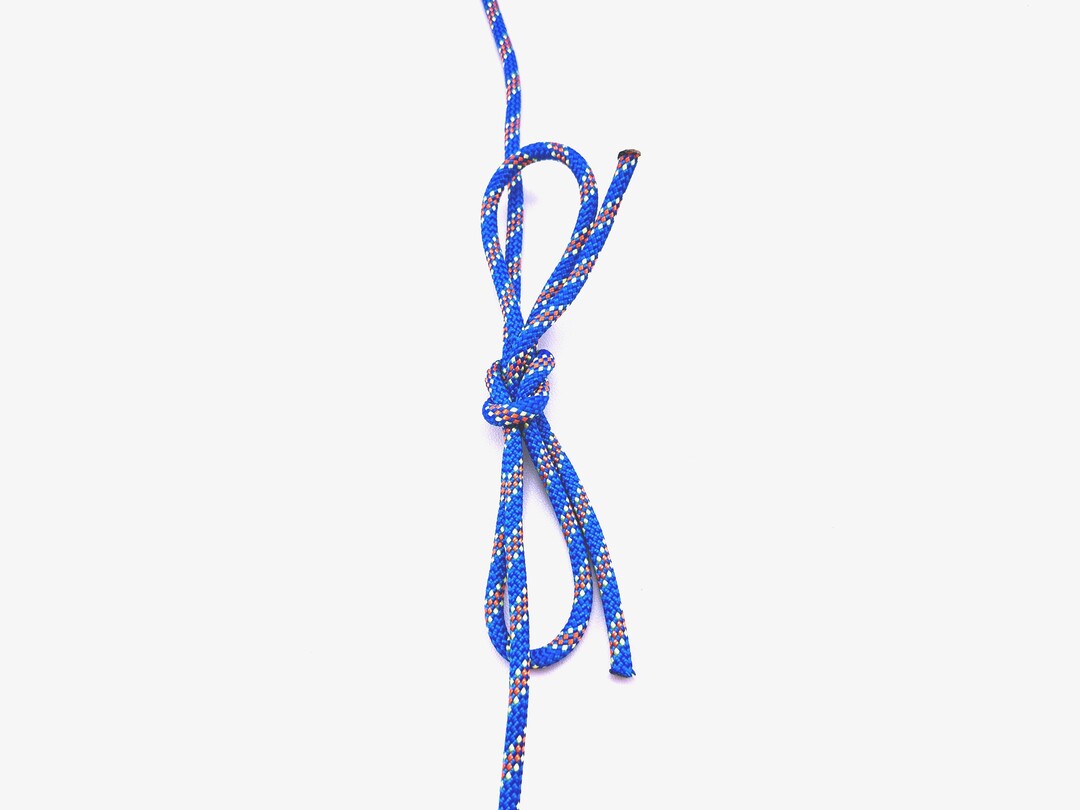
Slipped Square Knot Doubled
Used for shoelaces and decorative bows
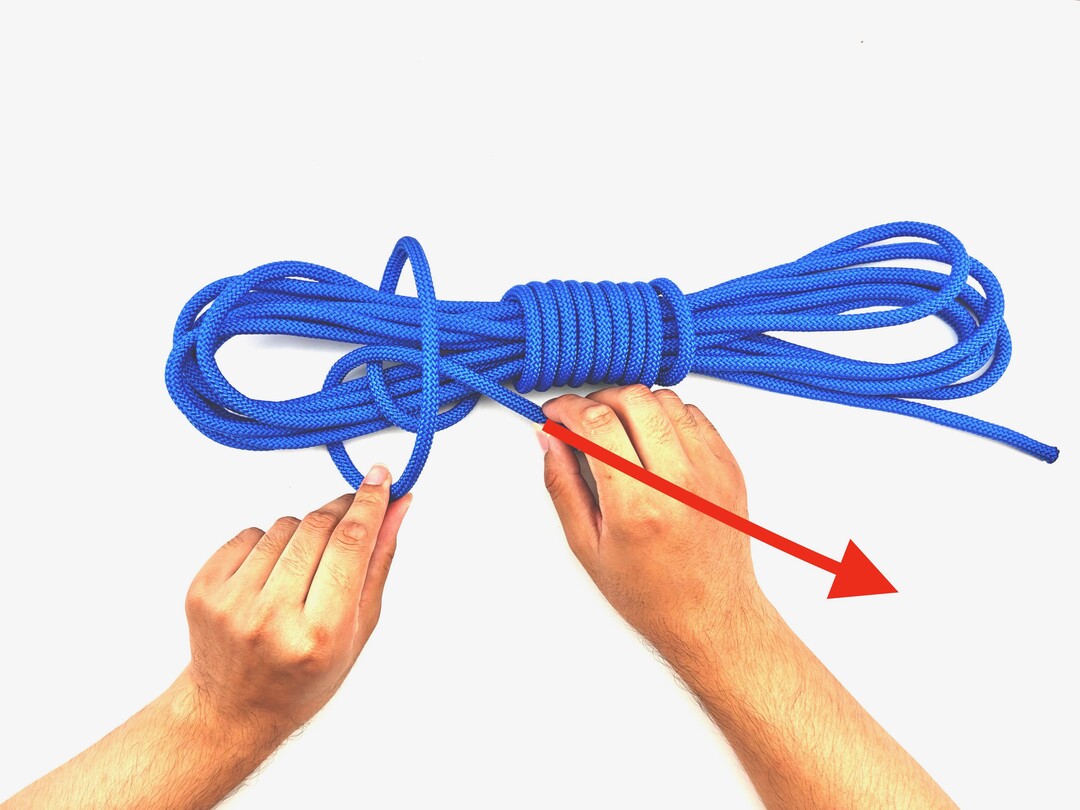
Gasket Coil
Neat rope storage preventing tangles.
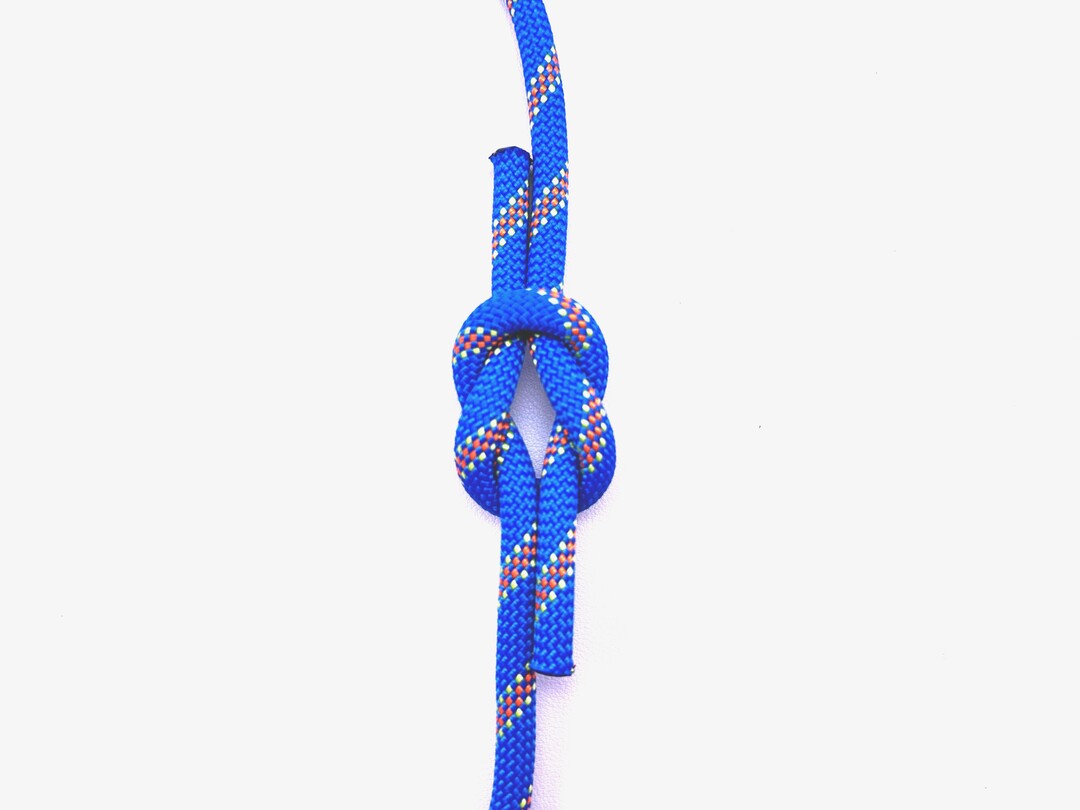
Thief Knot
Detects tampering in secured bags.
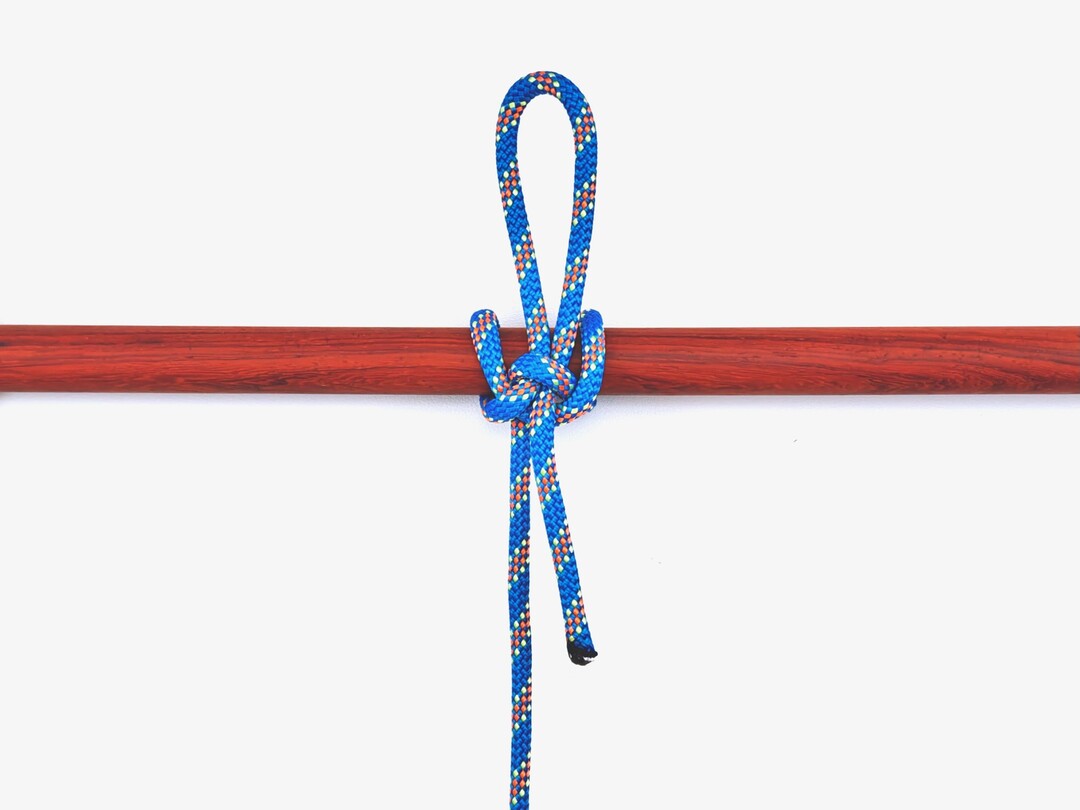
Highwayman's Hitch
Quick-release hitch for temporary mooring.
7. Special Purpose Knots
These knots serve specific purposes in boating and sailing, from attaching lines to poles and rails to creating decorative and functional elements on board.
Recommended Knots
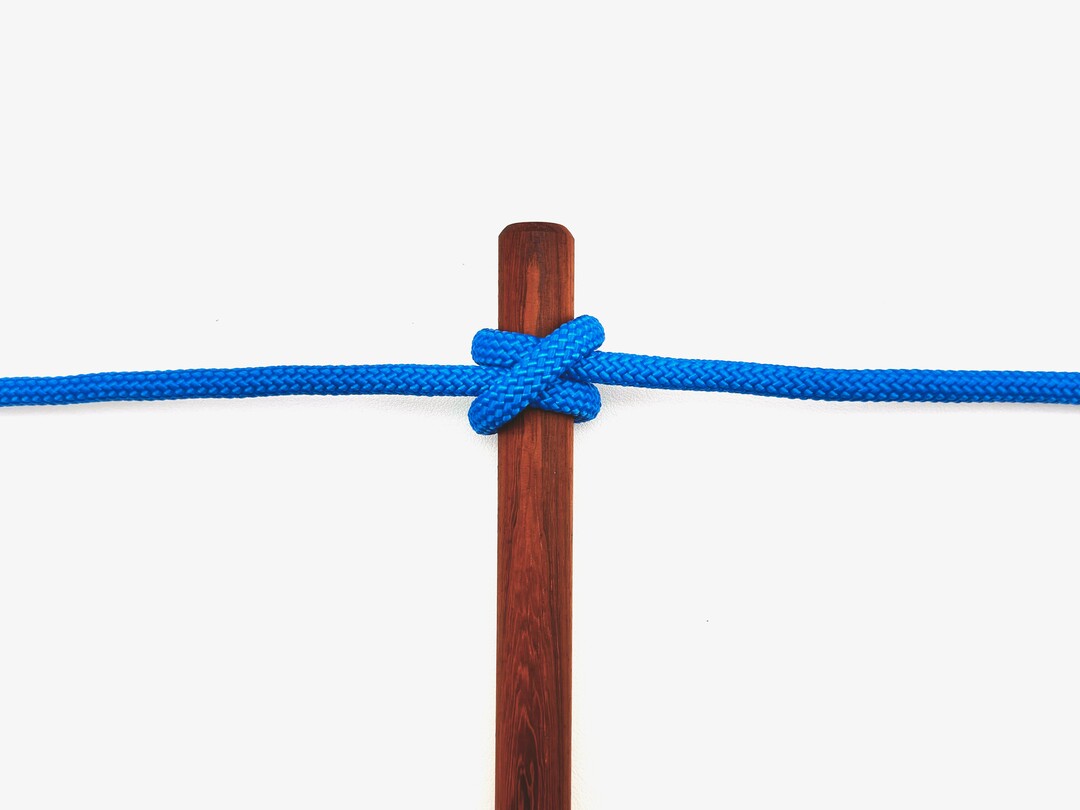
Clove Hitch (Middle of Rope)
Secures rope mid-length to posts or stakes.
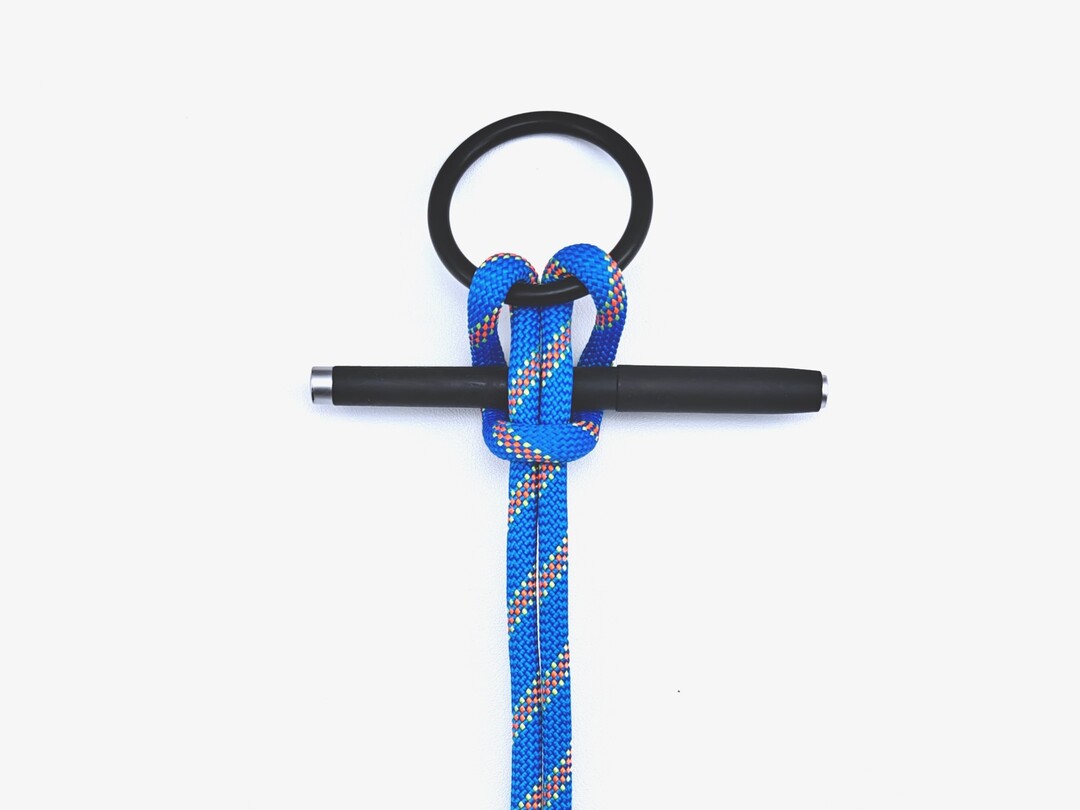
Cow Hitch with Toggle
Hitch with toggle for quick release
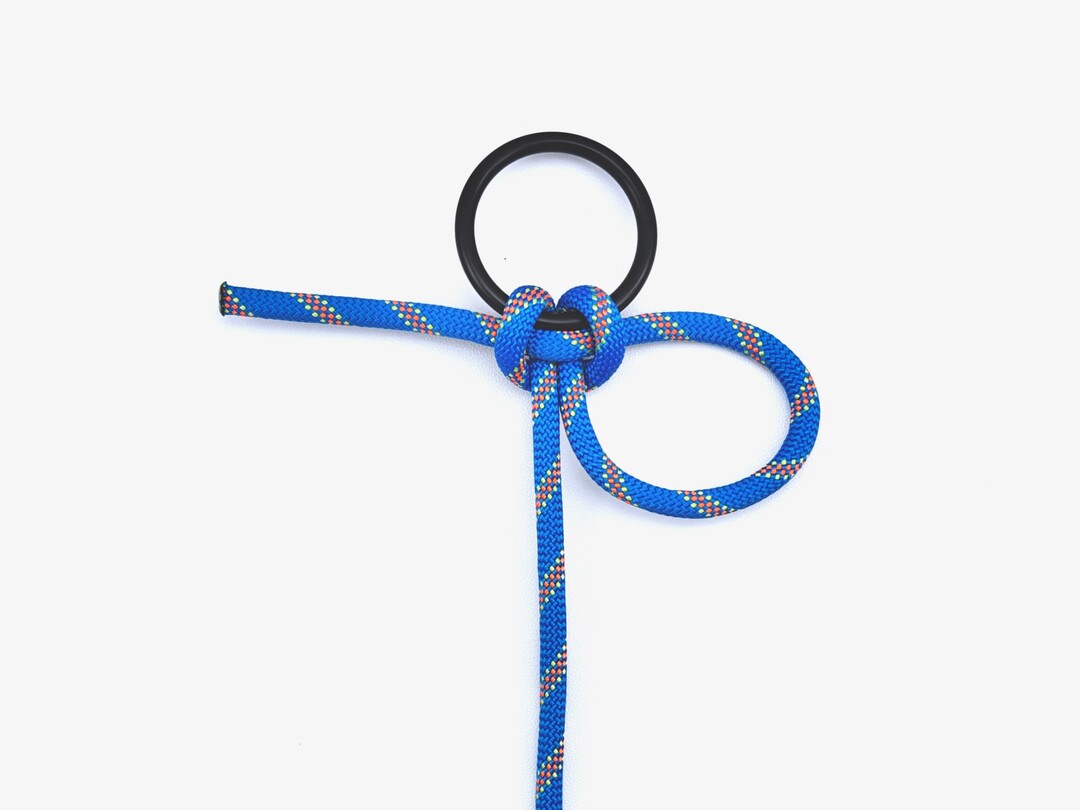
Pedigree Cow Hitch
Secure attachment to rings or poles.
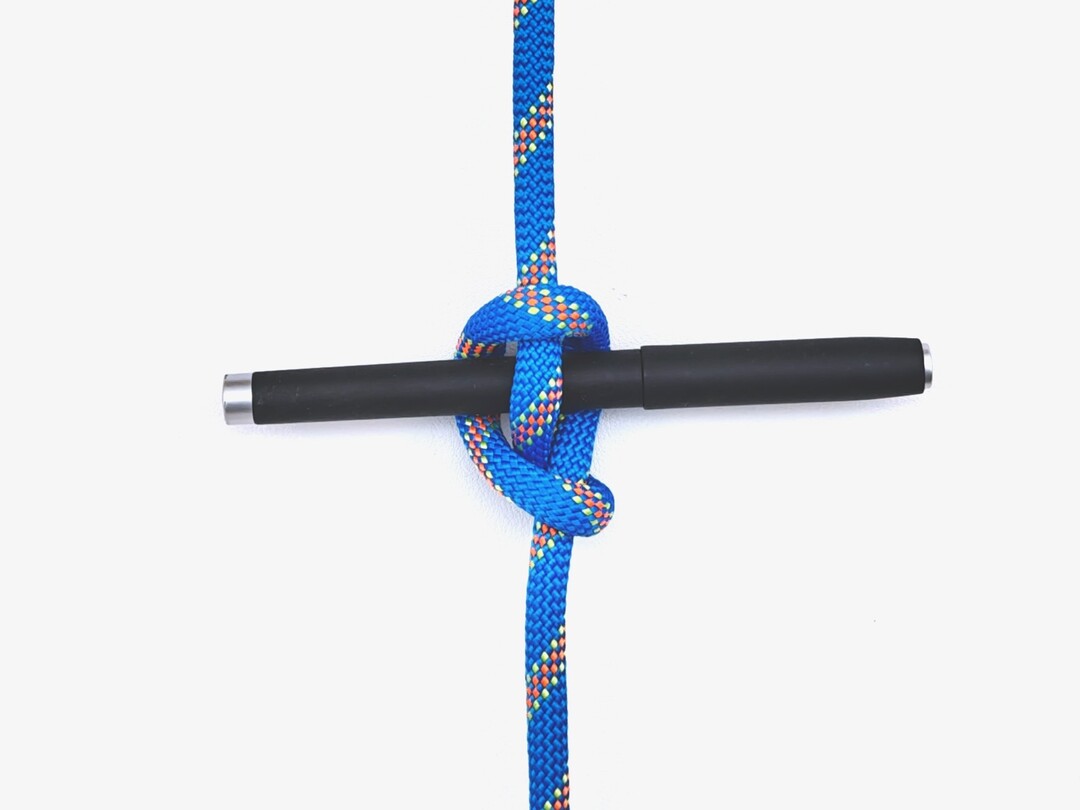
Marlinspike Hitch
Creates a temporary handle or secures spars in rope ladders.
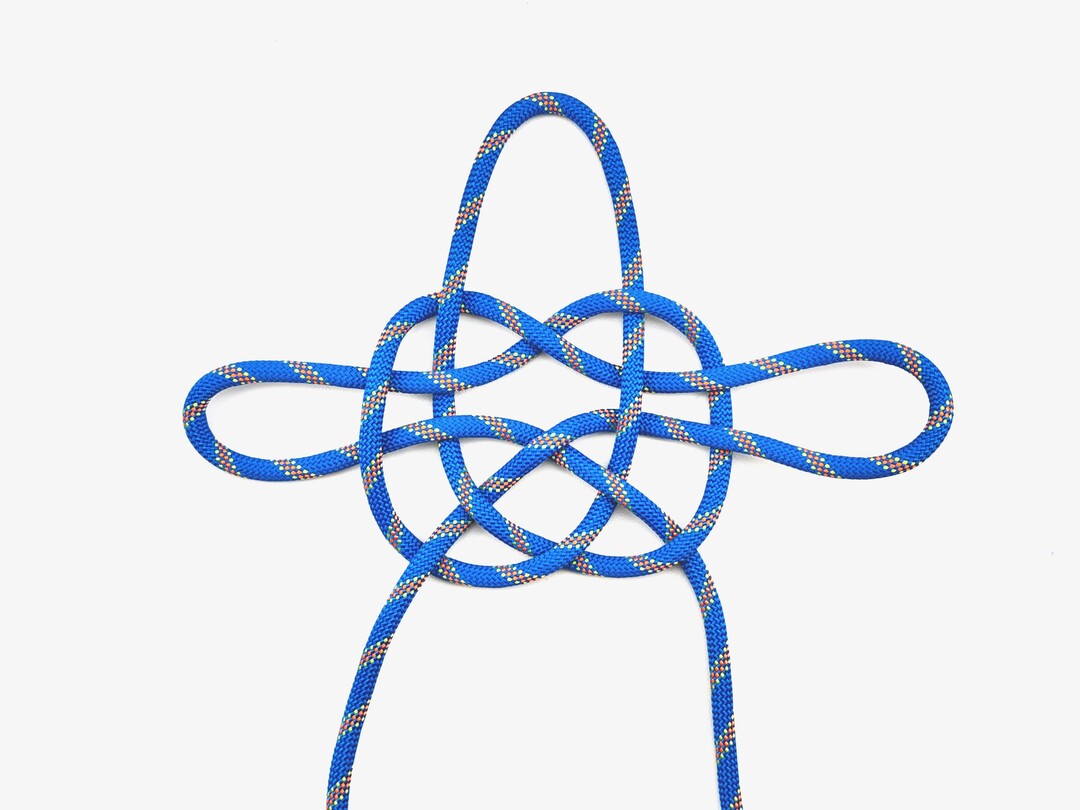
Jury Mast Knot
Temporary rigging or decorative rope work
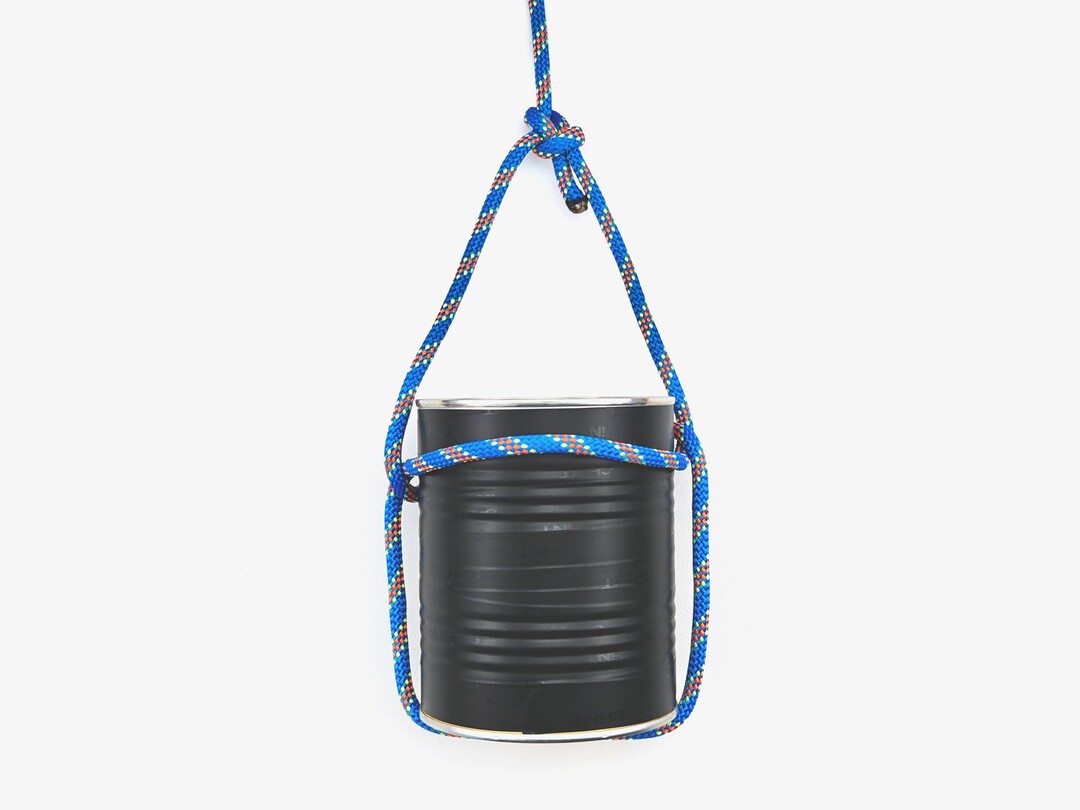
Barrel Hitch
Lifts cylindrical objects like barrels and buckets.

Two Half Hitches
Secures ropes to fixed objects under tension.
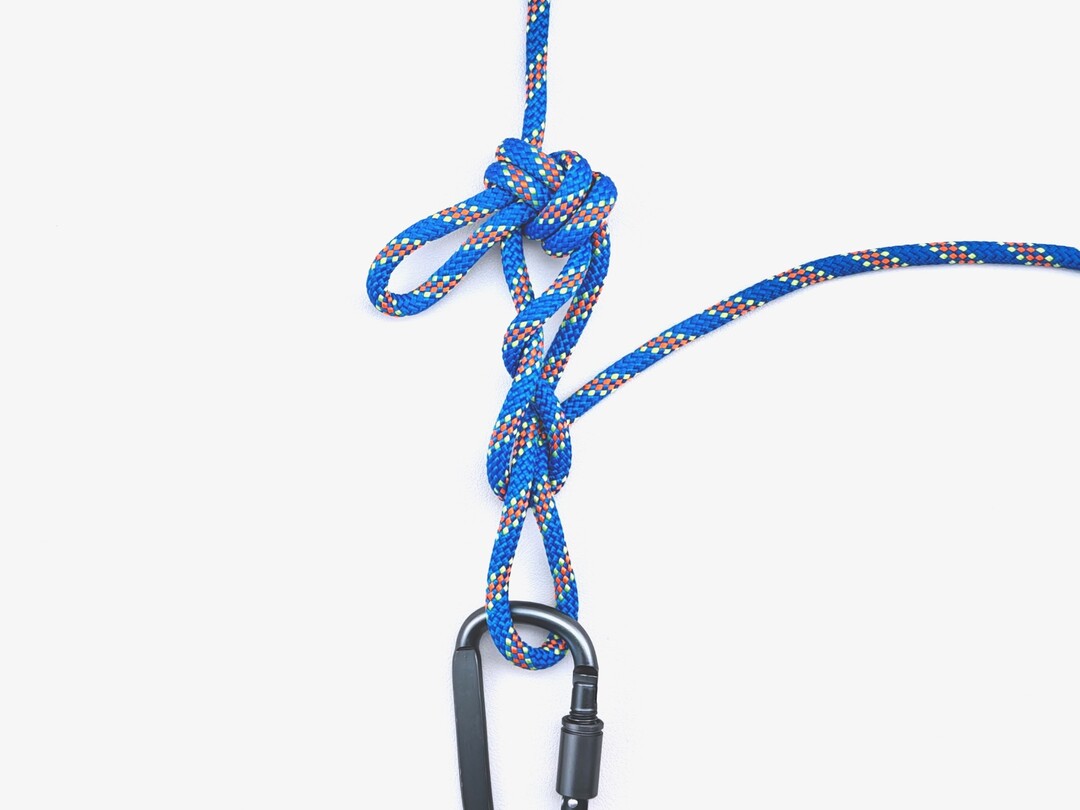
Trucker's Hitch (Quick Release)
Quickly secures loads or tarps for transport.
All Sailing Knots
A complete collection of knots commonly used in sailing activities.

Ashley Stopper
Bulky stopper for securing rope ends in boating.
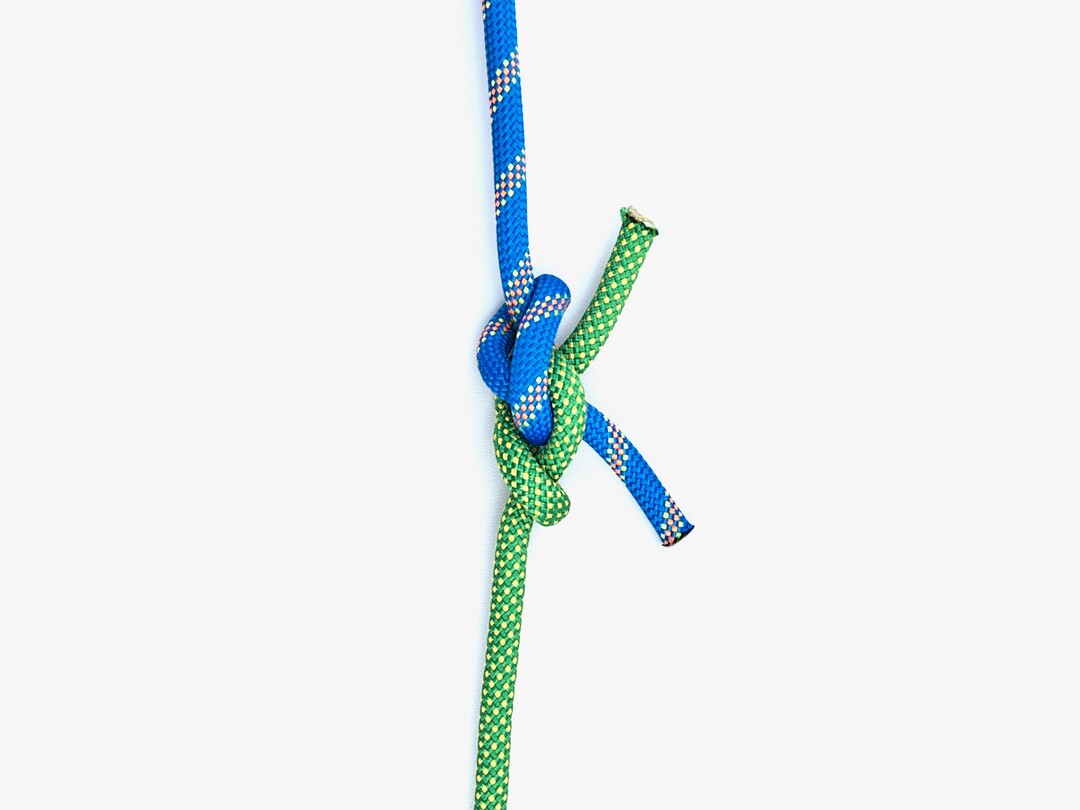
Ashley's Bend
Joins two ropes securely, especially stiff or slippery ones.

Barrel Hitch
Lifts cylindrical objects like barrels and buckets.

Bowline (One Hand)
Creates a secure loop with one hand.

Cow Hitch with Toggle
Hitch with toggle for quick release
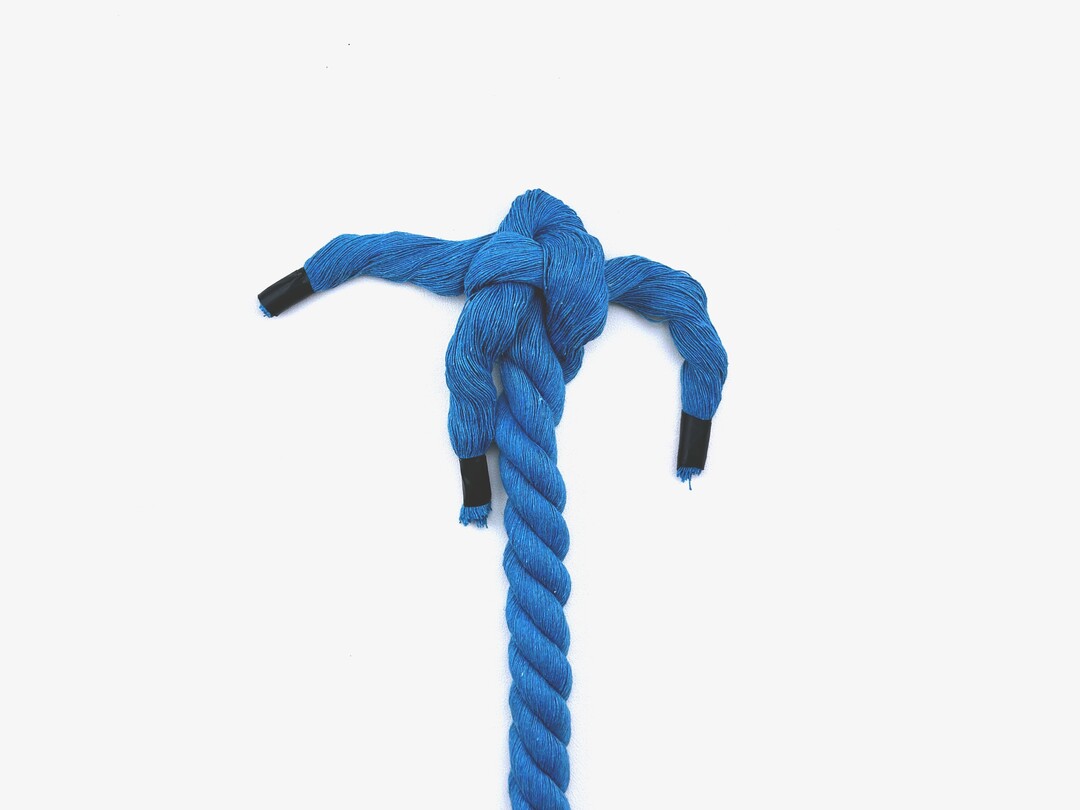
Crown Knot
Prevents rope fraying, starts Back Splice.
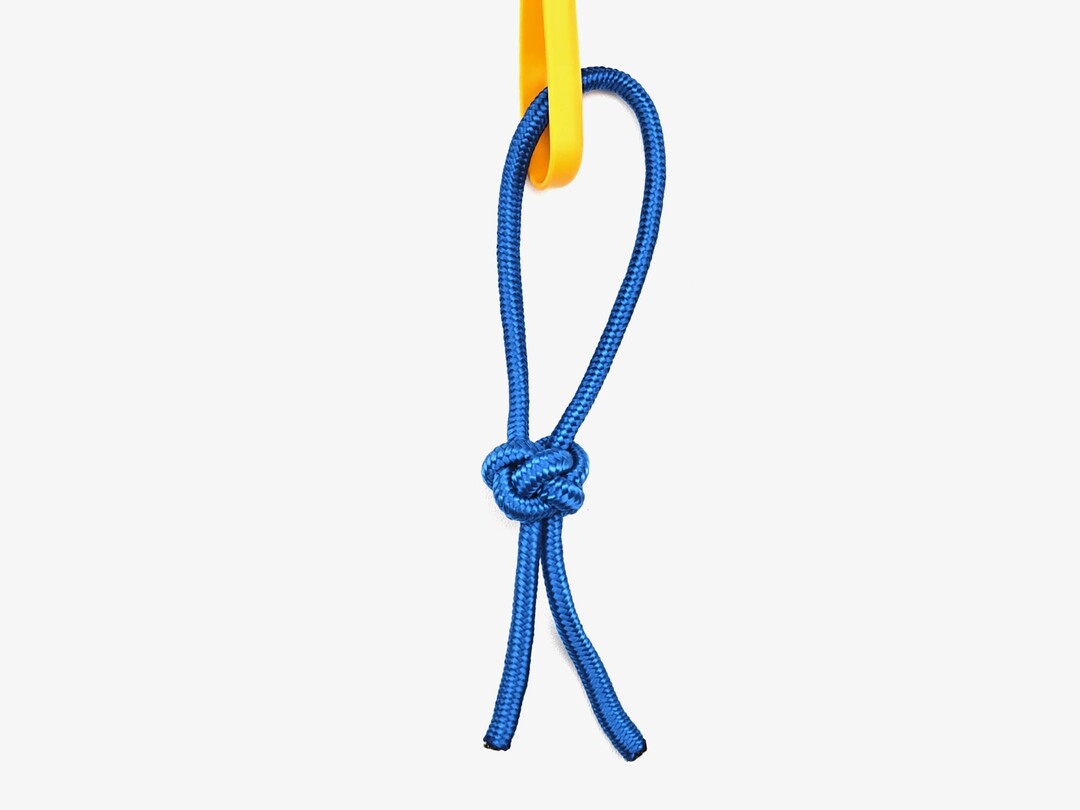
Diamond Knot
Decorative loop for lanyards and stoppers.

Double Sheet Bend
Joins ropes of unequal thickness securely.

Hunter's Bend
Joins two ropes of similar diameter securely.

Overhand Knot
Simple stopper knot to prevent rope slippage.

Pedigree Cow Hitch
Secure attachment to rings or poles.

Pile Hitch
Secures boats to posts quickly.
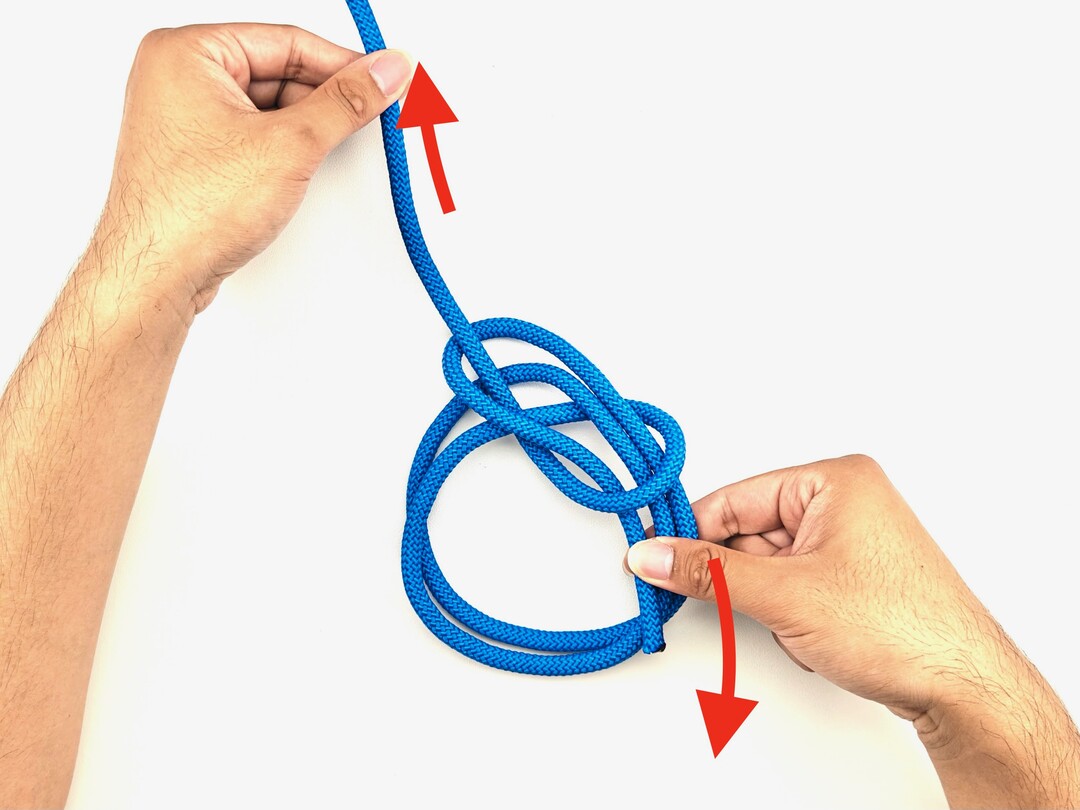
Portuguese Bowline
Creates two adjustable loops for climbing or rescue.

Rolling Hitch
Attaches a rope to a pole or another rope for lengthwise pulls.
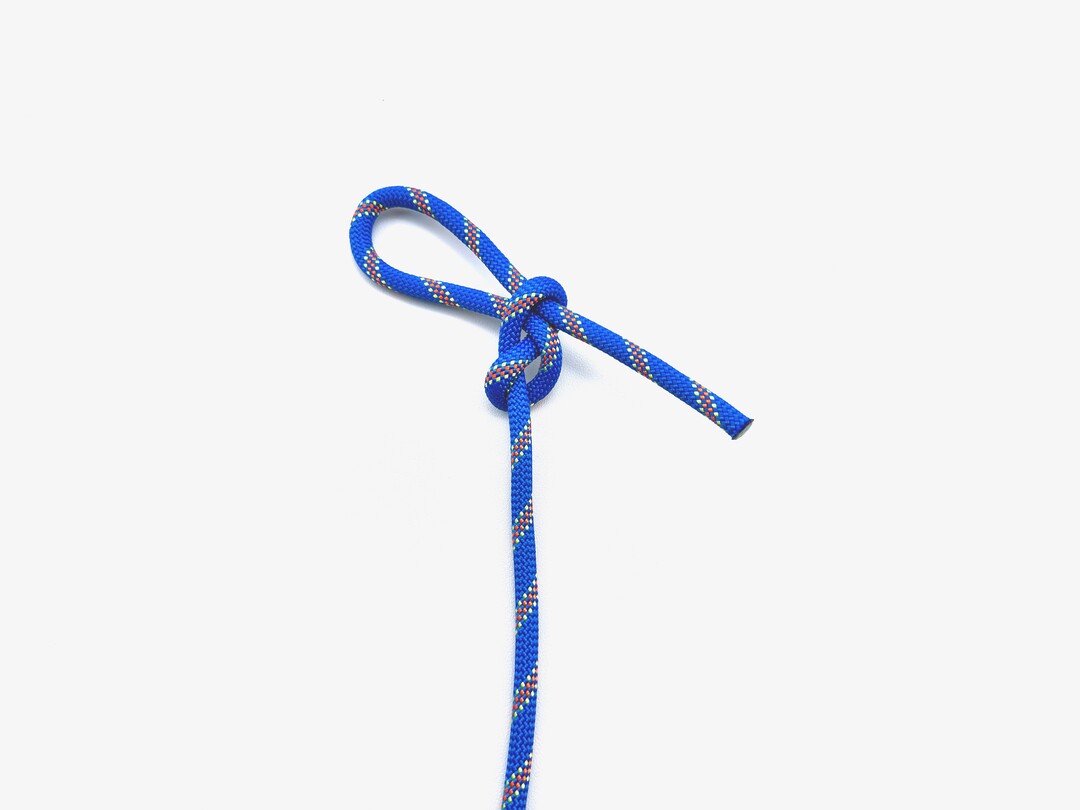
Slipped Figure Eight
Adjustable loop for quick release in climbing/sailing.

Stevedore Knot
Bulky stopper for maritime and cargo handling

Taut-line Hitch
Adjustable hitch for maintaining tension in ropes.

Thief Knot
Detects tampering in secured bags.

Two Half Hitches
Secures ropes to fixed objects under tension.

Water Bowline
Secure loop knot for wet conditions.

Zeppelin Bend
Securely joins two ropes, resistant to jamming.
Boating & Sailing Safety Information
Mooring Line Basics
- Breast Lines prevent rotation and should run roughly at 90° to the dock
- Spring Lines prevent fore and aft movement and should run nearly parallel to the dock
- The Bow Spring and Stern Spring must lead in opposite directions
- When sharing a bollard with another vessel, thread your line through the eye-splice of the first (Dipping the Loop)
Rope Selection for Marine Use
- Large ships often use high-modulus polyethylene (HMPE) ropes that float and have minimal elasticity
- Yachts typically use nylon or polyester ropes which provide more elasticity
- Choose rope diameters appropriate for your vessel size and expected loads
- Inspect ropes regularly for damage from UV exposure, chafing, or chemical contamination
Standing End, Tail, and Bitter End
- The Standing End of a rope takes the strain
- The Tail is the loose end in your hand
- On large ships, the loose end is called the Bitter End when transferred to the Bitts
- A second rope (Rat-Tailed Stopper or Rolling Hitch) can temporarily take strain when moving lines
Essential Safety Equipment
- Life jackets for all passengers
- Working radio or communication device
- Navigation lights
- First aid kit
- Fire extinguisher
- Sound-producing device
- Proper line handling gloves to prevent rope burns
Knot Safety Warning
- Any activity involving ropes is potentially hazardous. Lives may be at risk – possibly your own. Practice these knots regularly and always double-check knots before relying on them. Better to know a knot and not need it, than need a knot and not know it.